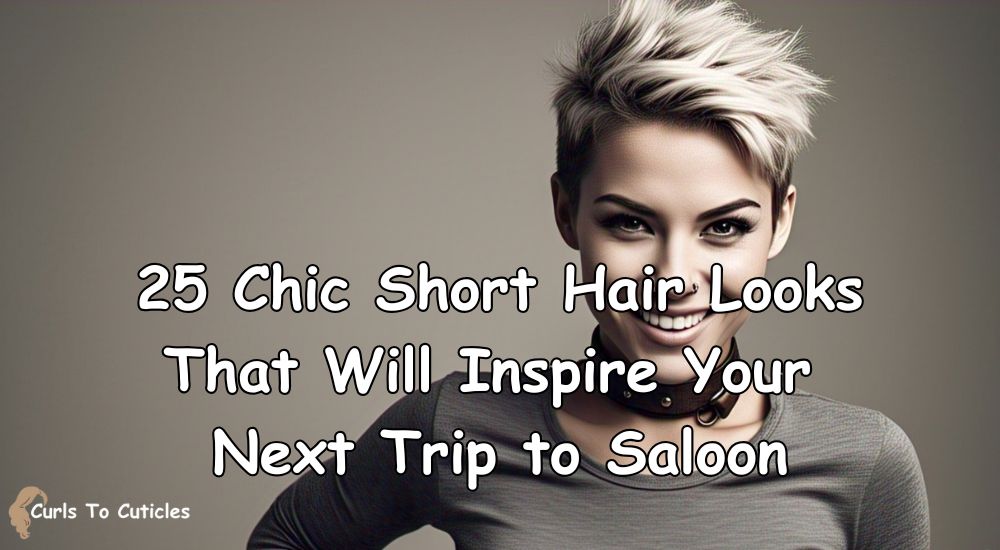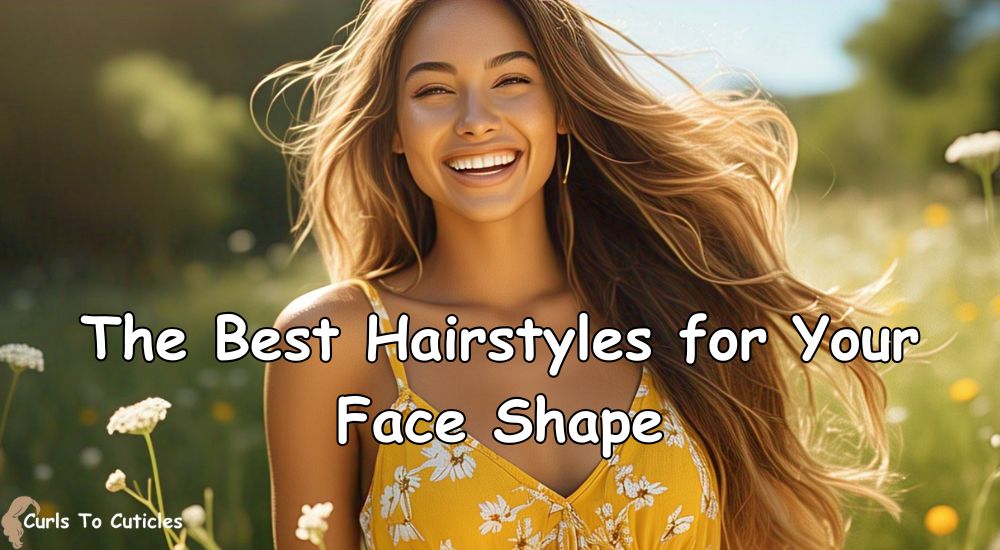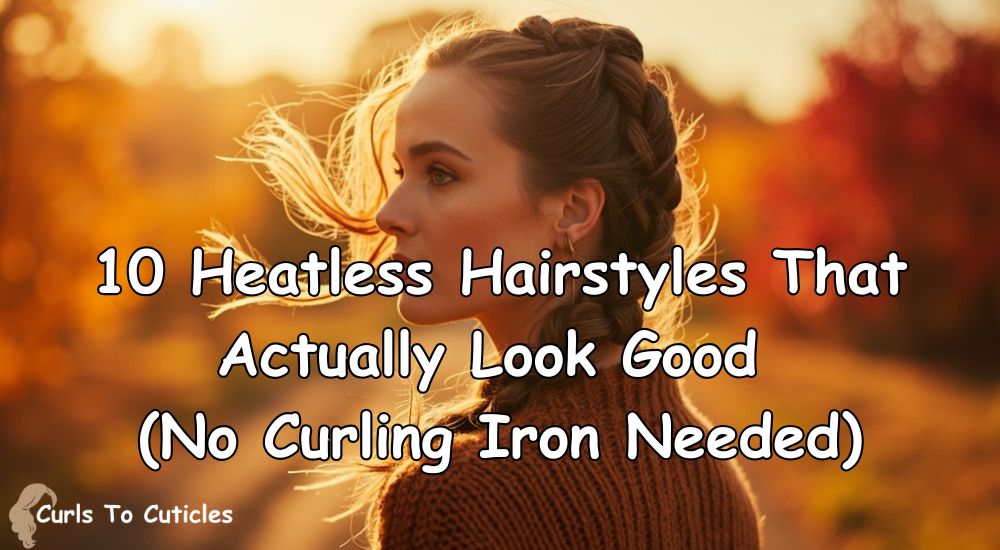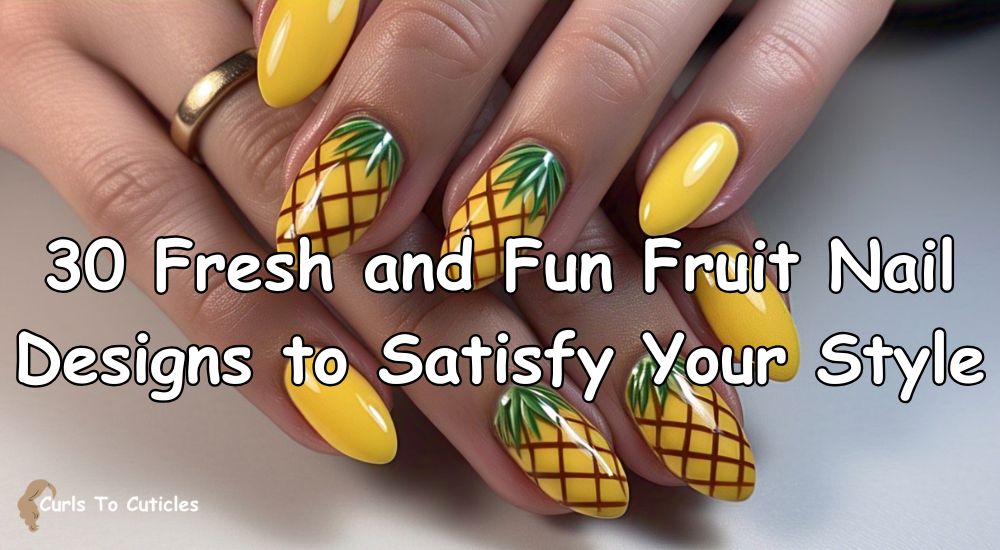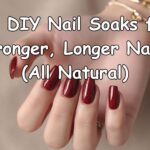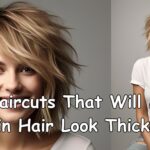Now Reading: 30 Haircuts That Will Make Thin Hair Look Thicker (With Photos)
-
01
30 Haircuts That Will Make Thin Hair Look Thicker (With Photos)
30 Haircuts That Will Make Thin Hair Look Thicker (With Photos)
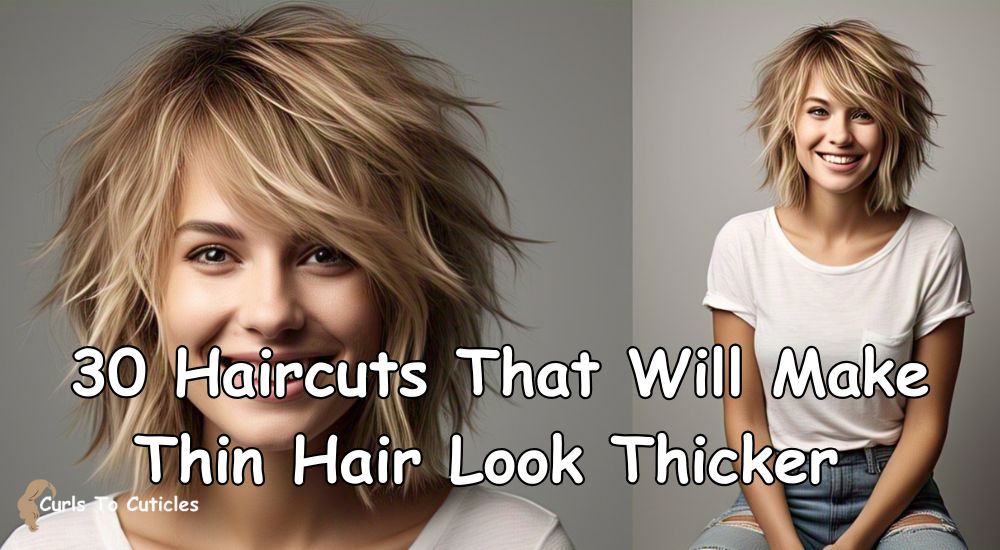
Thin hair can often appear flat and lack volume. However, the right haircut can create the illusion of thickness and add body to your locks. In this guide, I’ll share haircuts that can make thin hair look fuller, along with styling tips to enhance the effect.
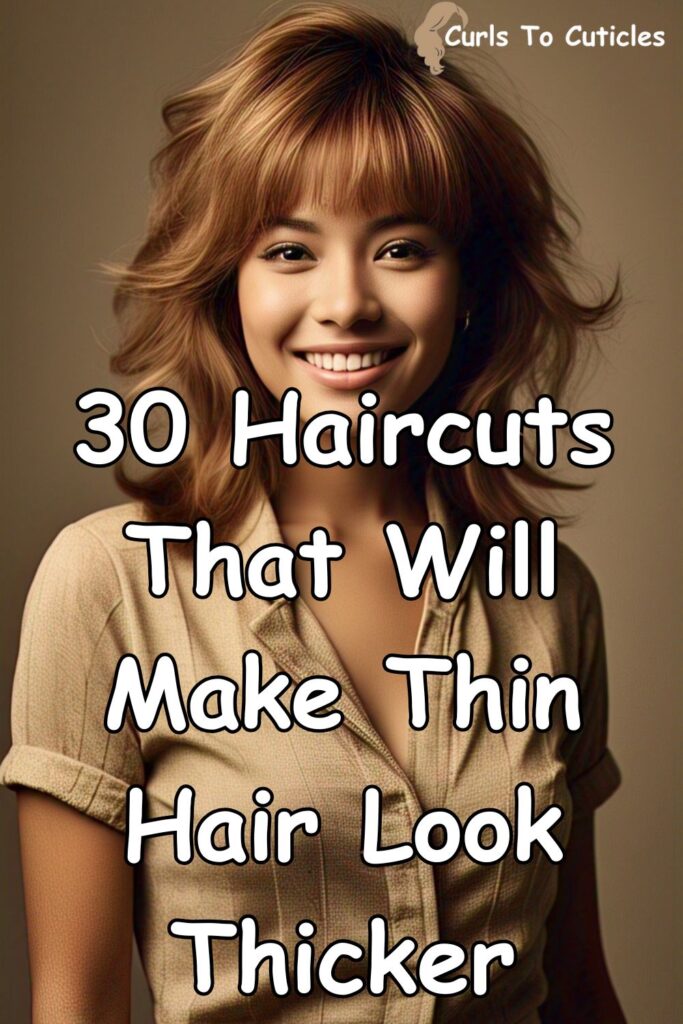
1. Blunt Cut

A blunt cut features hair cut straight across without layers. This uniform length gives the appearance of thicker ends, making your hair look denser. It’s particularly effective for fine hair, as it prevents the ends from appearing wispy.
Styling Tip: Use a flat iron to achieve a sleek look, and apply a shine serum to enhance the blunt edges.
2. Bob Cut
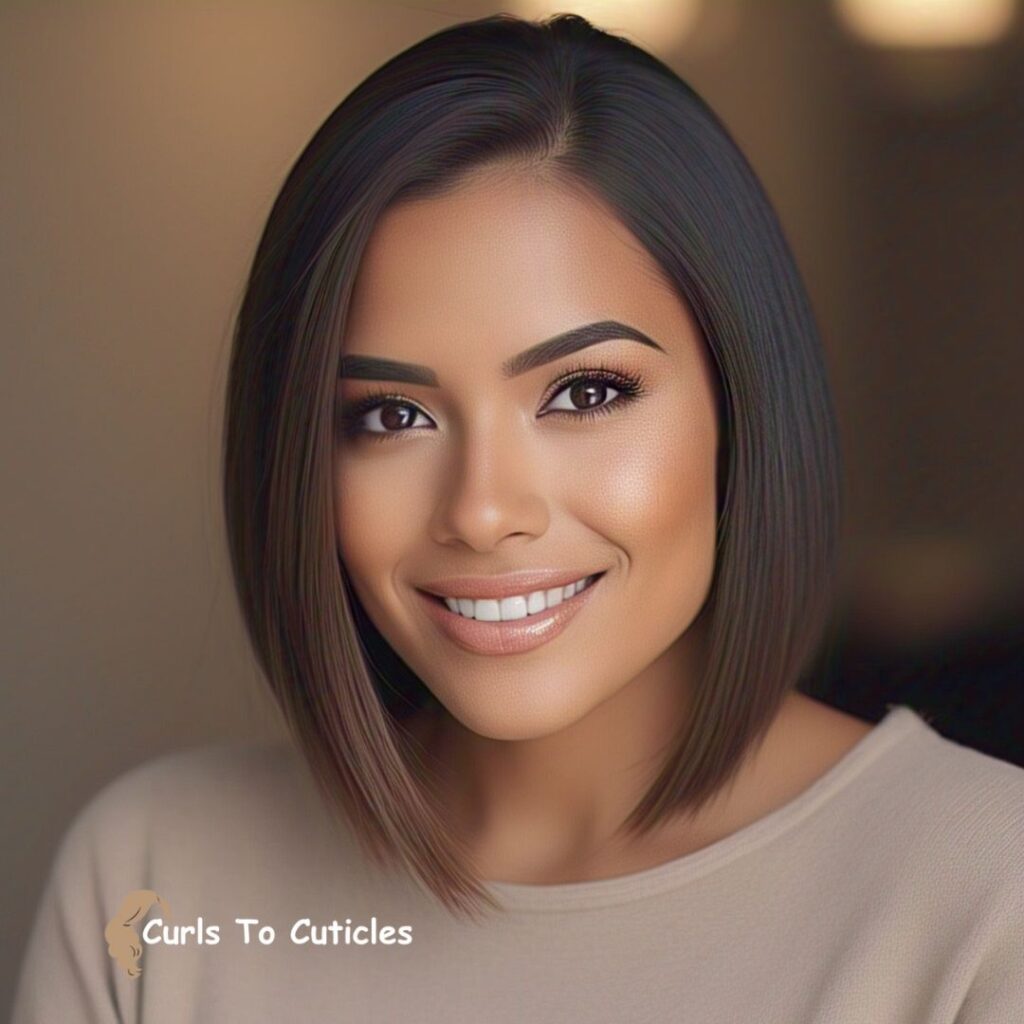
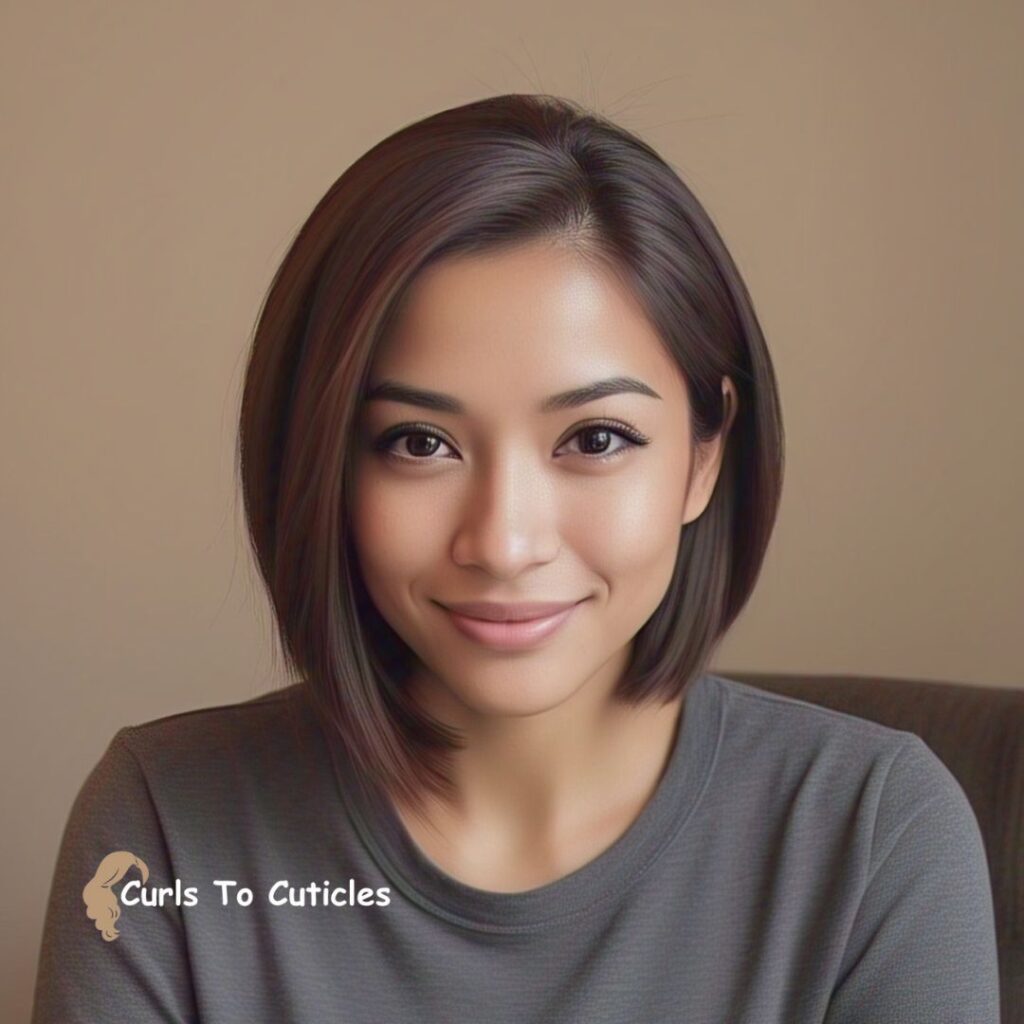
The classic bob is a versatile haircut that suits various face shapes. Cutting the hair to chin-length or just below can add volume and movement. A bob can be styled straight or with waves to create the illusion of fullness.
Styling Tip: Blow-dry with a round brush to add lift at the roots.
3. Pixie Cut
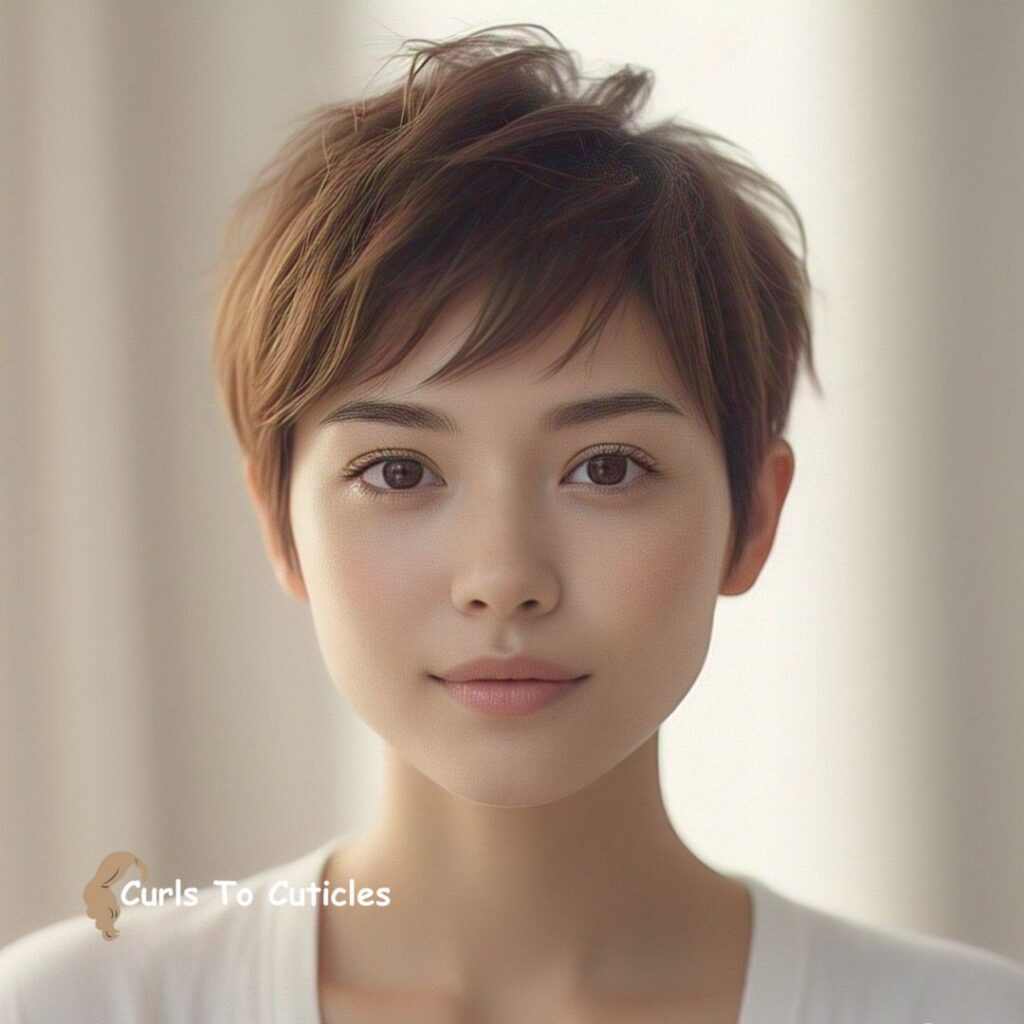
A pixie cut is a short hairstyle that can make thin hair appear thicker. By keeping the hair short, especially at the back and sides, and leaving some length on top, you can add volume and texture.
Styling Tip: Use a texturizing paste to define layers and add body.
4. Layered Cut
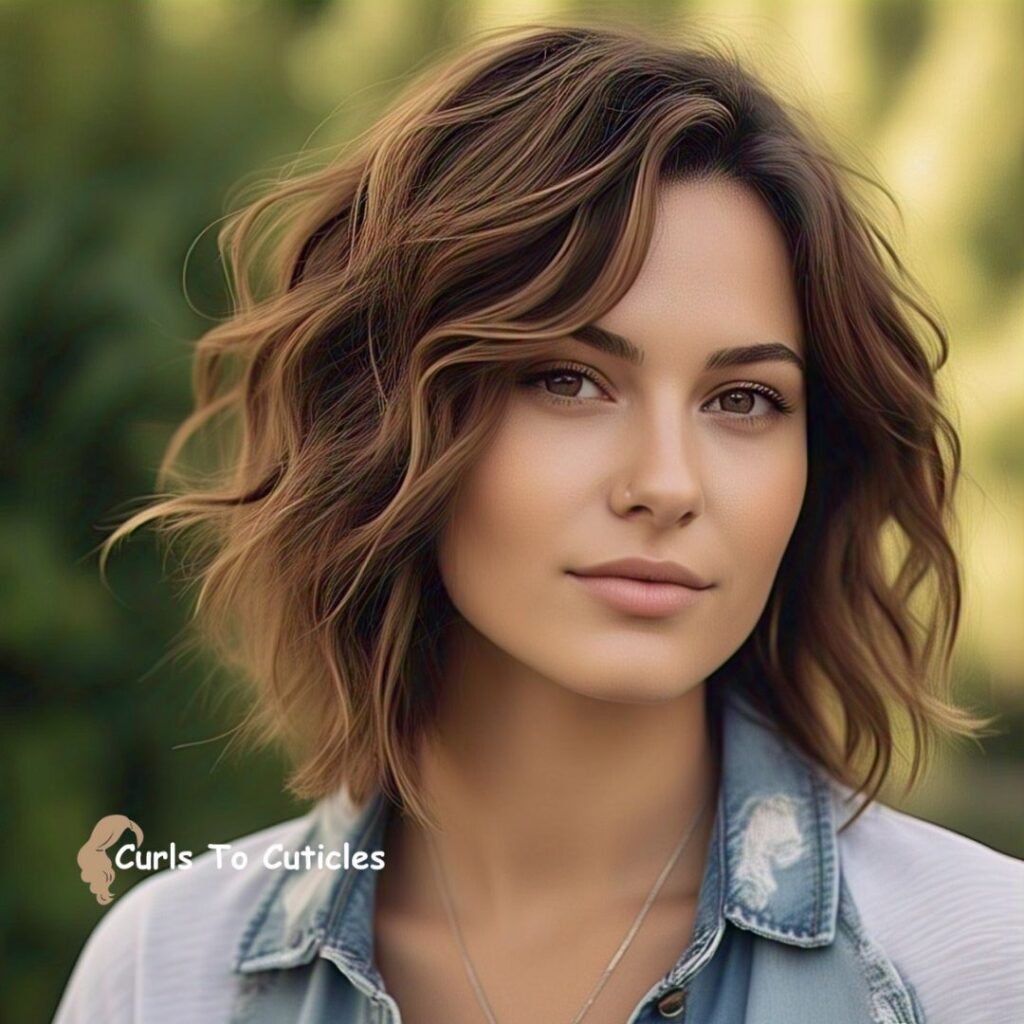
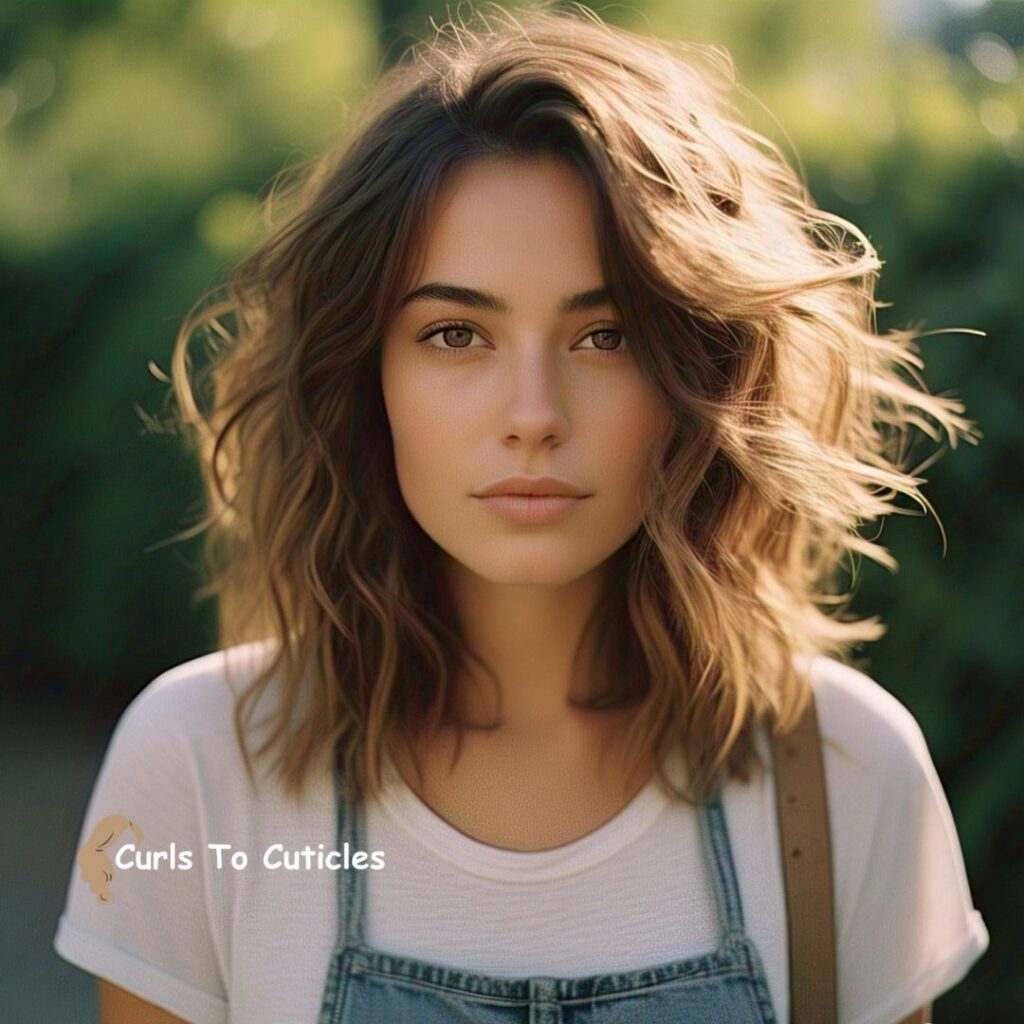
Adding layers to your hair can create movement and the illusion of volume. Layers remove weight from the hair, allowing it to lift and appear fuller. This technique works well for both short and long hairstyles.
Styling Tip: Apply a volumizing mousse before blow-drying to enhance the layers.
5. Shag Cut
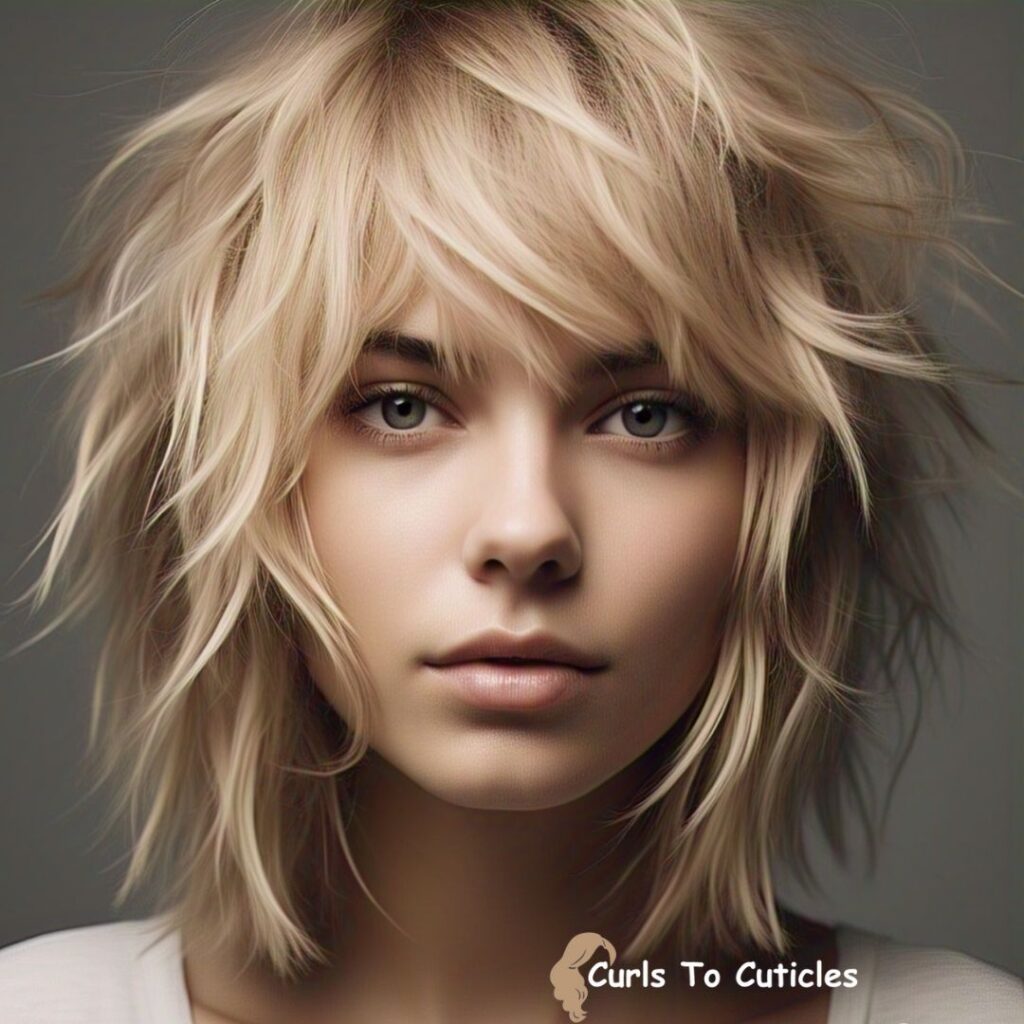
The shag cut involves choppy layers throughout the hair, adding texture and volume. This style is ideal for thin hair, as it creates a messy, voluminous look. The layers can be customized to suit your face shape and hair length.
Styling Tip: Use a sea salt spray to enhance the natural texture and create a tousled effect.
6. Lob (Long Bob)
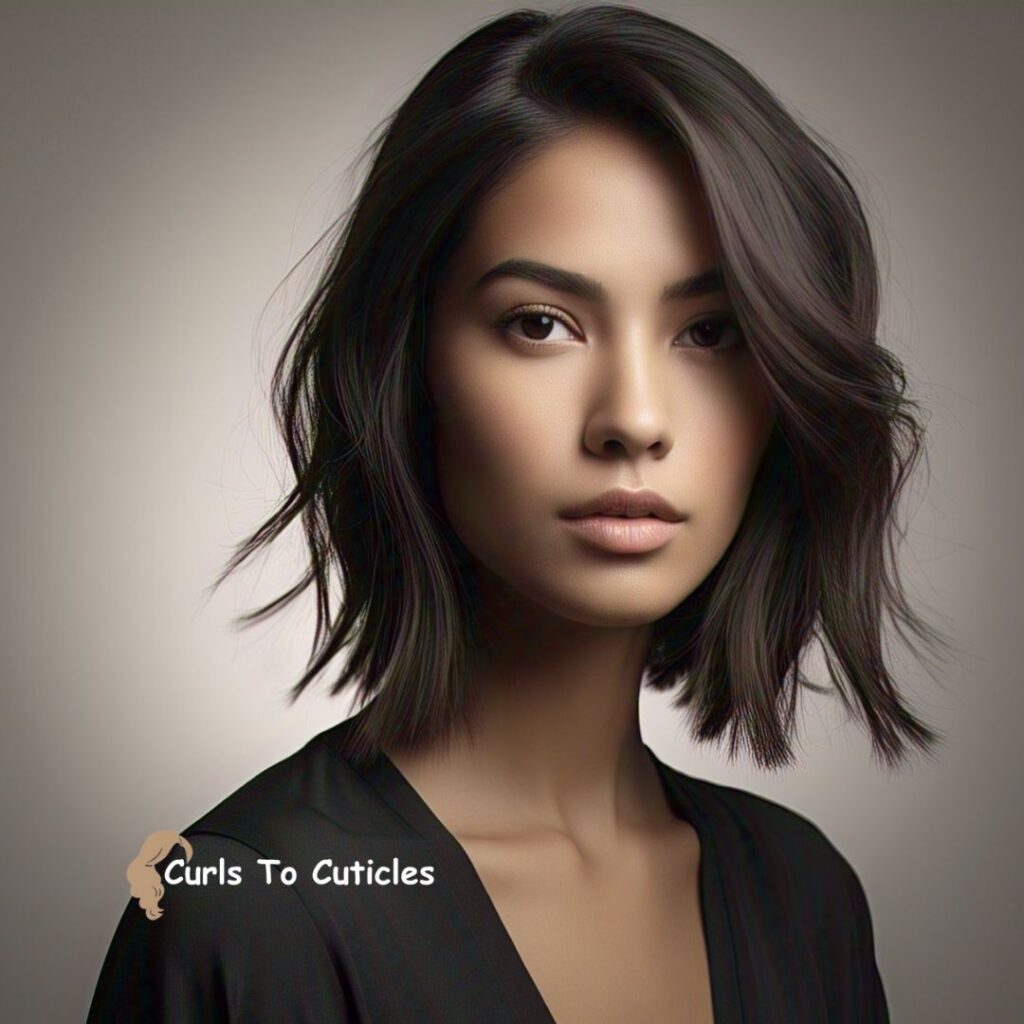
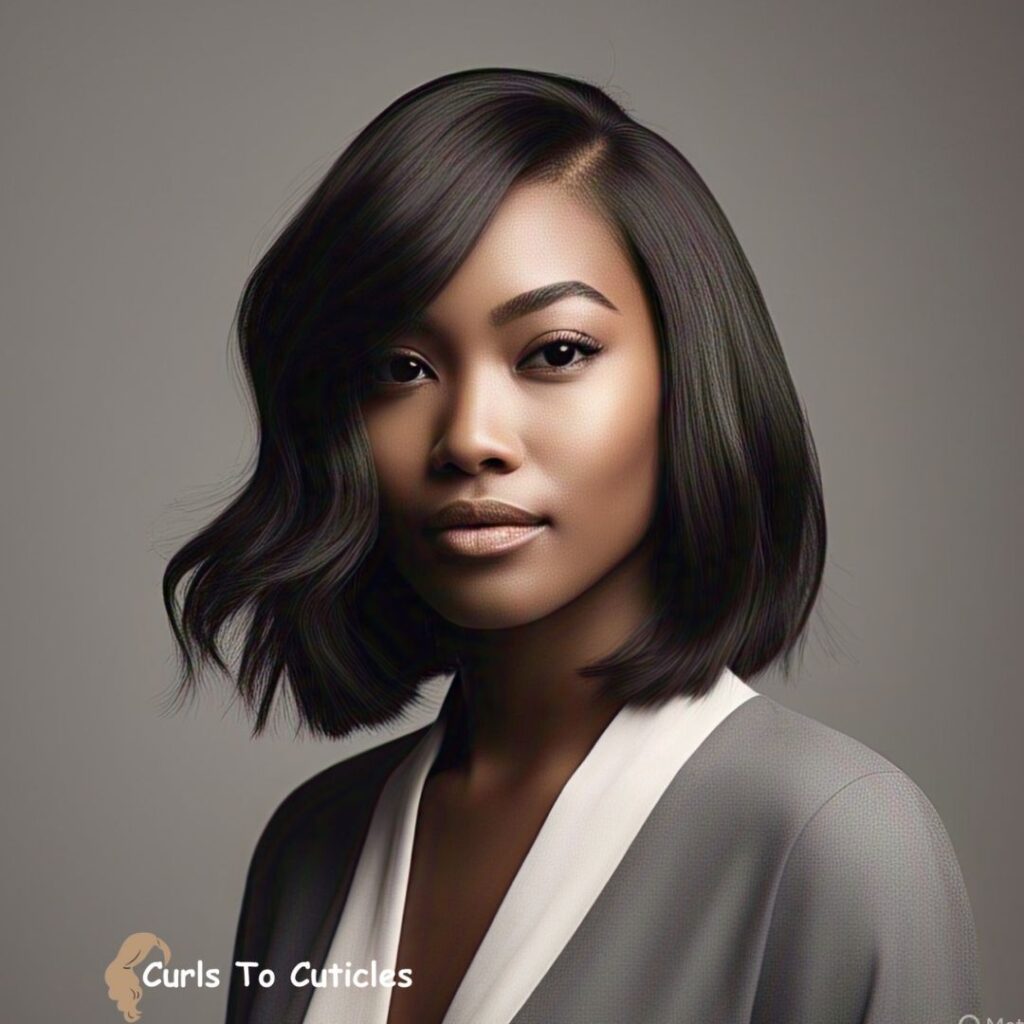
A lob is a longer version of the bob, typically ending around the shoulders. This haircut adds weight and volume to the hair, making it appear thicker. It’s a versatile style that can be worn straight, wavy, or curly.
Styling Tip: Curl the ends slightly to add bounce and fullness.
7. Asymmetrical Cut
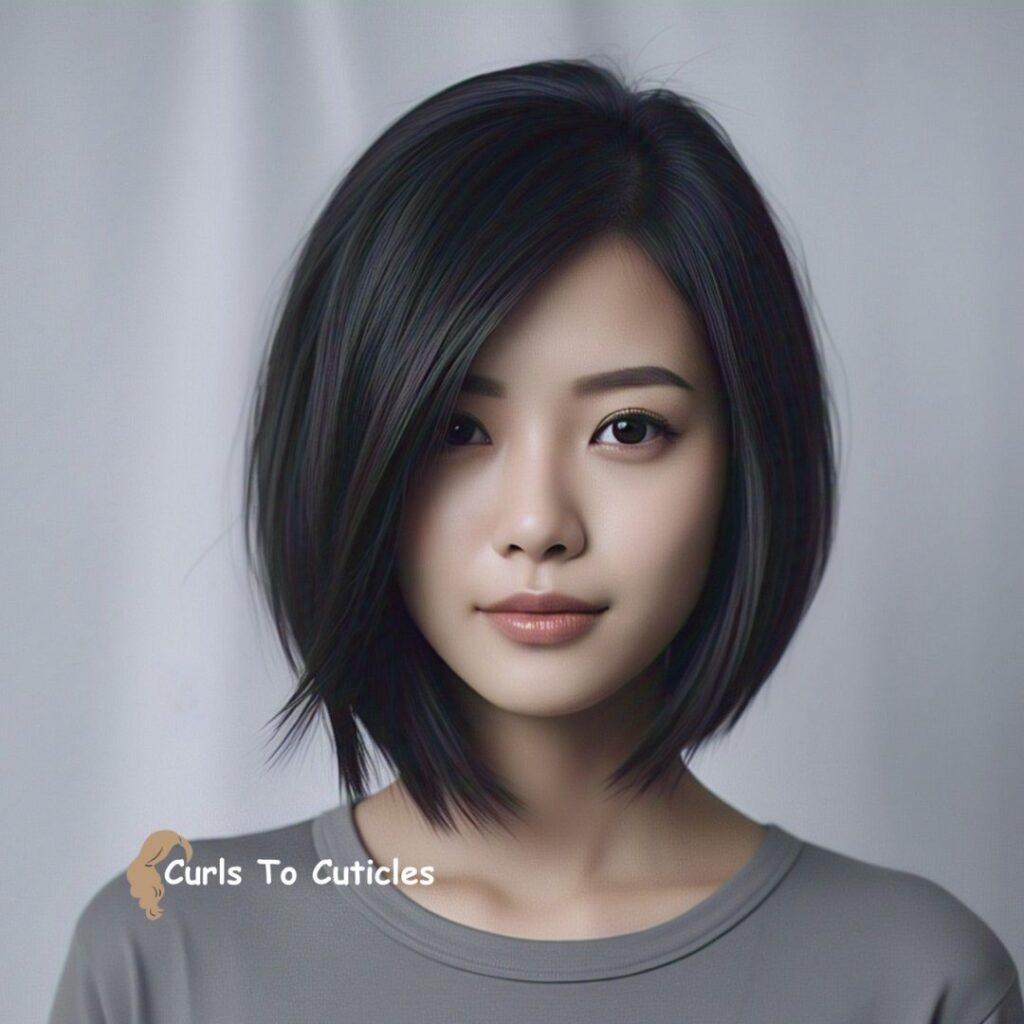
An asymmetrical haircut features one side longer than the other, creating visual interest and the illusion of volume. This style draws attention to the longer side, making the hair appear fuller.
Styling Tip: Straighten the longer side for a sleek look, and tuck the shorter side behind the ear to highlight the asymmetry.
8. Feathered Cut
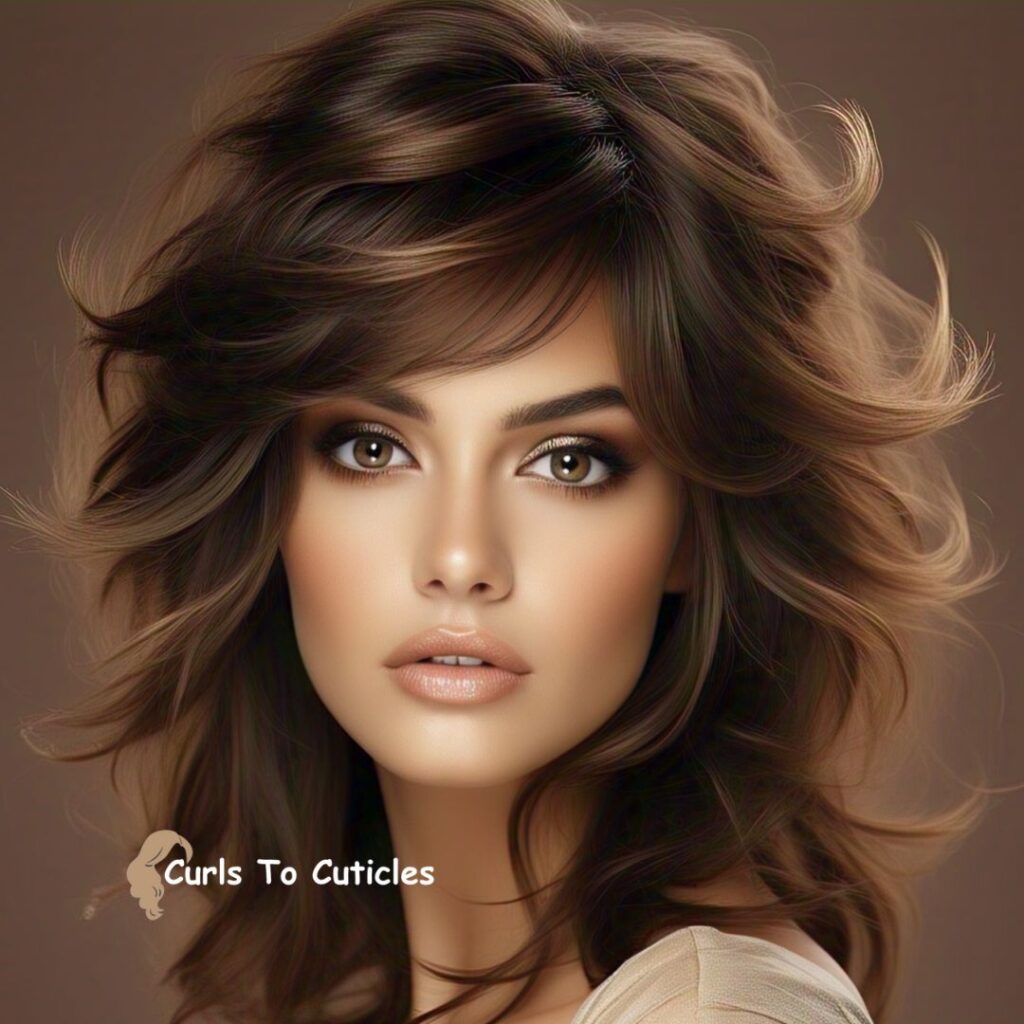
Feathered cuts involve layering the hair so that it appears to have soft, feather-like ends. This technique adds movement and volume, making thin hair look thicker.
Styling Tip: Blow-dry with a round brush, flipping the ends outward to emphasize the feathered layers.
9. Curtain Bangs
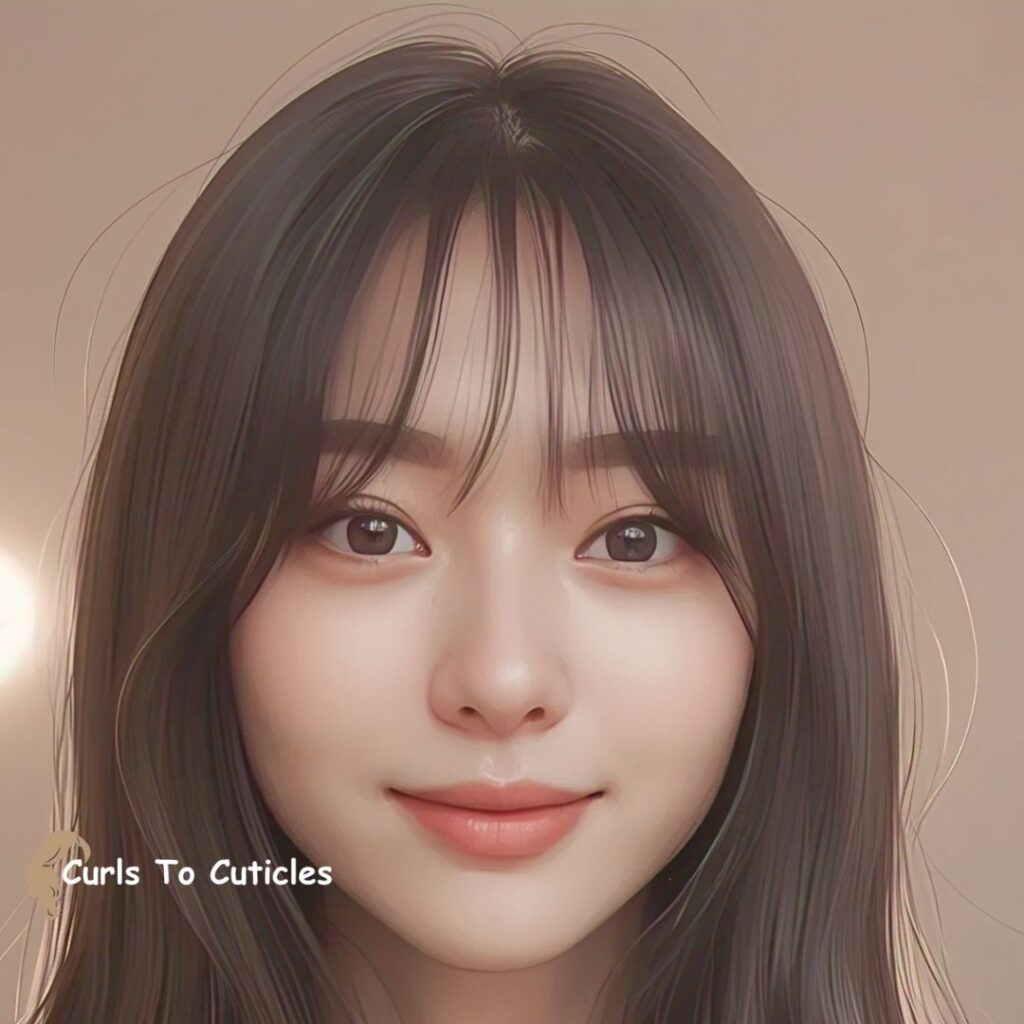
Curtain bangs are parted down the middle and frame the face on both sides. They add volume around the front and can make the hair appear fuller overall.
Styling Tip: Use a round brush to curl the bangs away from the face, creating a soft, voluminous look.
10. Side-Swept Bangs
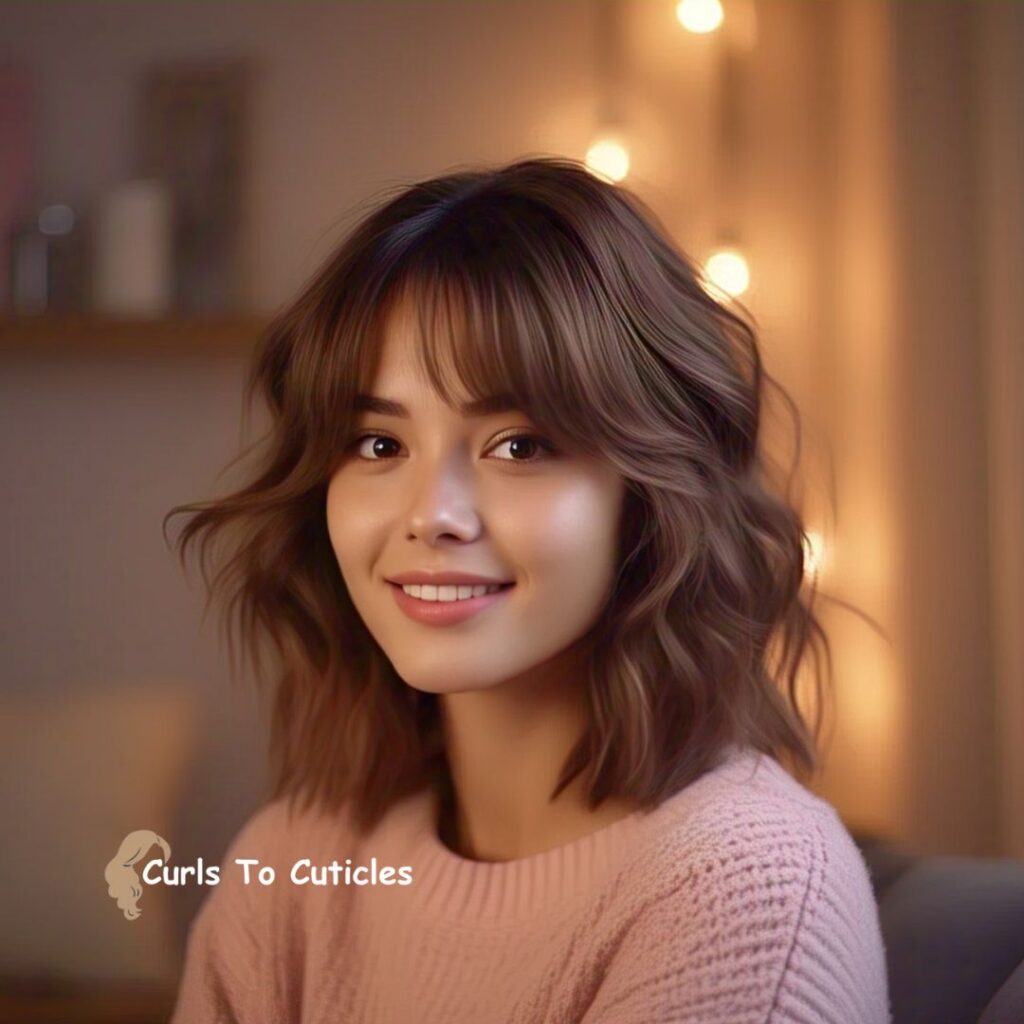

Side-swept bangs add volume and dimension to thin hair. They can be incorporated into various hairstyles, including bobs and lobs, to enhance the appearance of thickness.
Styling Tip: Blow-dry the bangs to the side using a round brush to create lift and movement.
11. Wavy Layers
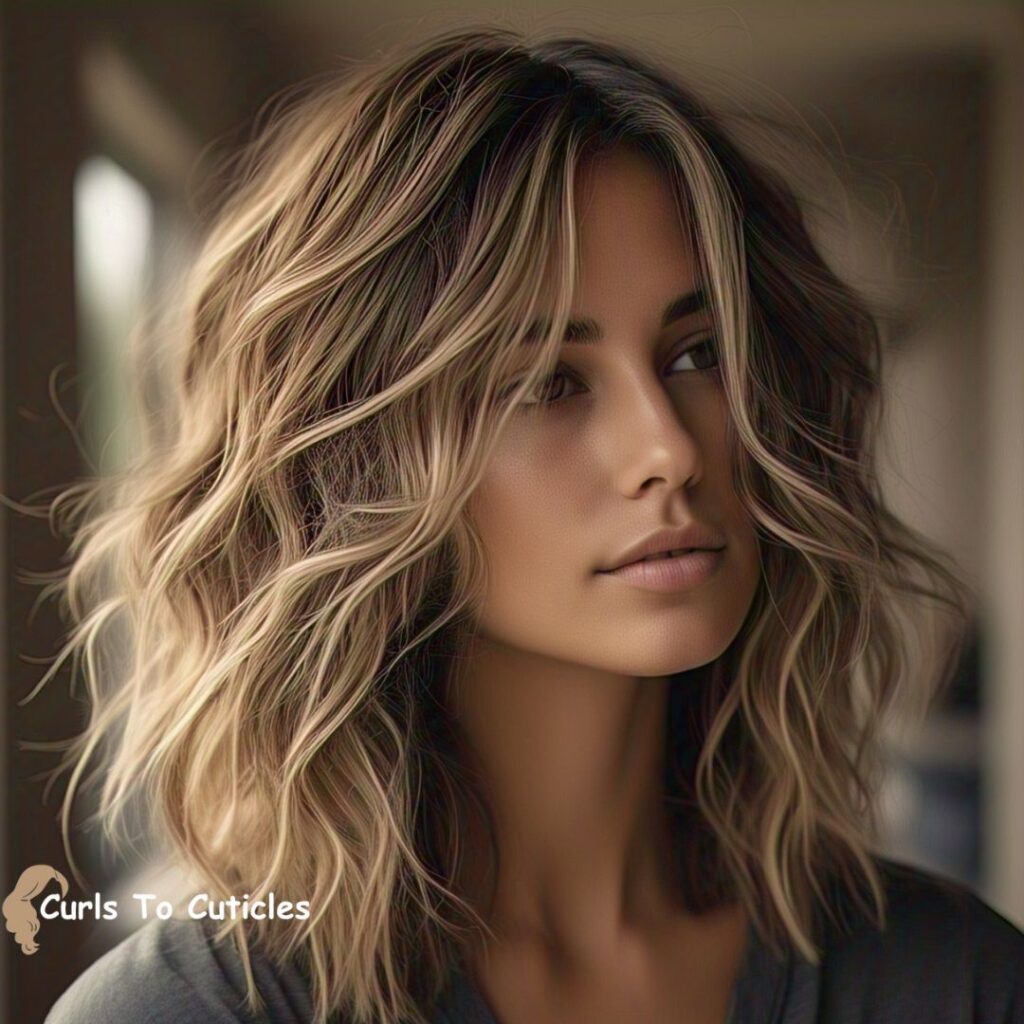
Adding waves to layered hair can enhance the texture and create the illusion of volume. This style works well for medium to long hair lengths.
Styling Tip: Use a curling wand to create loose waves, and apply a light-hold hairspray to maintain the shape.
12. Textured Ends
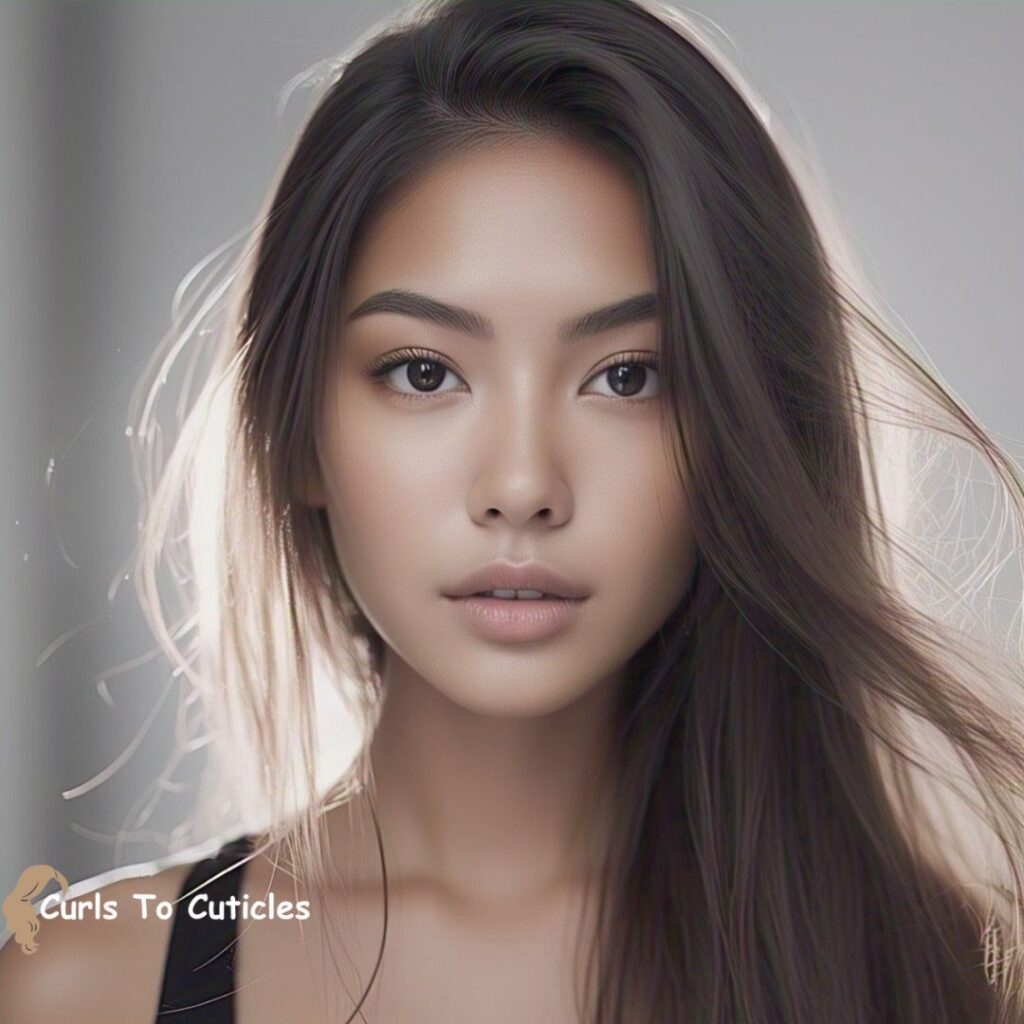
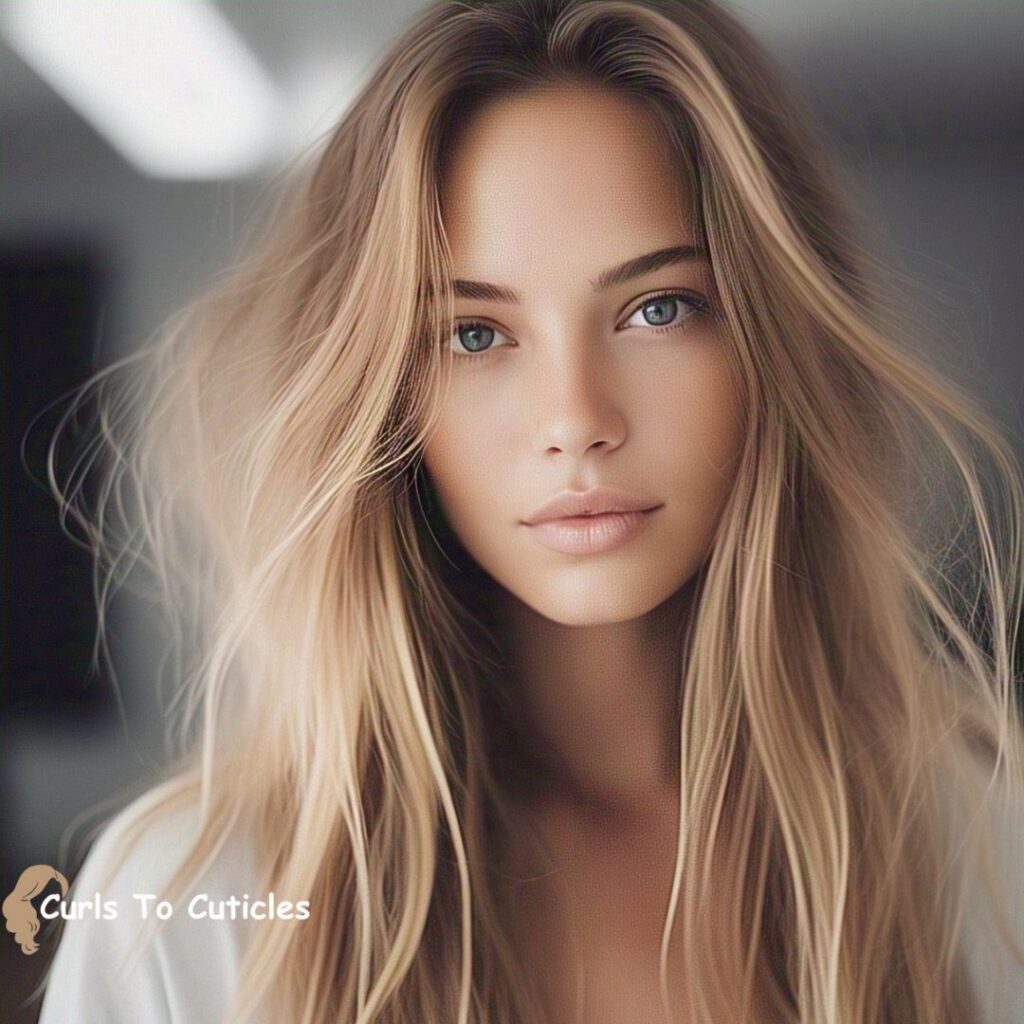
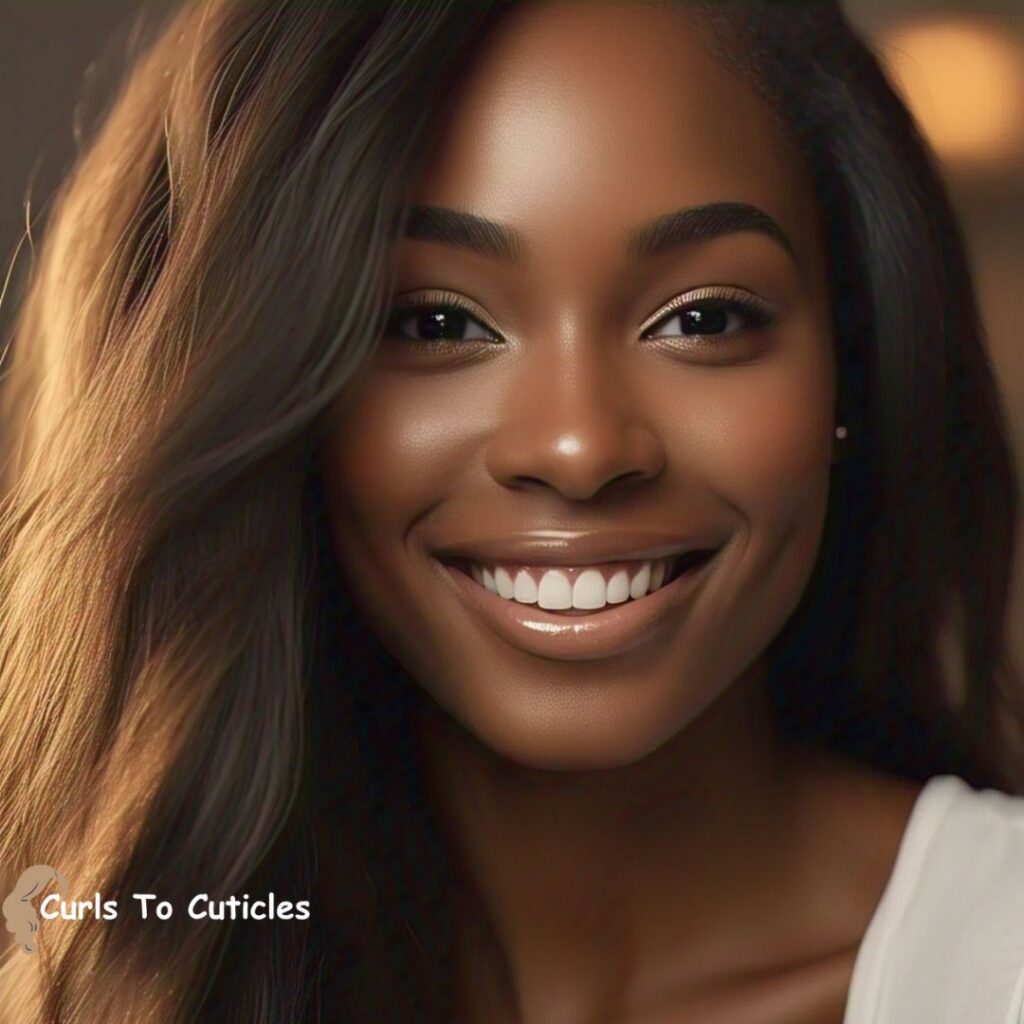
Texturizing the ends of your hair can prevent it from looking flat and lifeless. This technique adds movement and makes the hair appear fuller. You can style textured ends hair in so many ways.
Styling Tip: Apply a texturizing spray to the ends and scrunch them gently for a tousled effect.
13. Inverted Bob
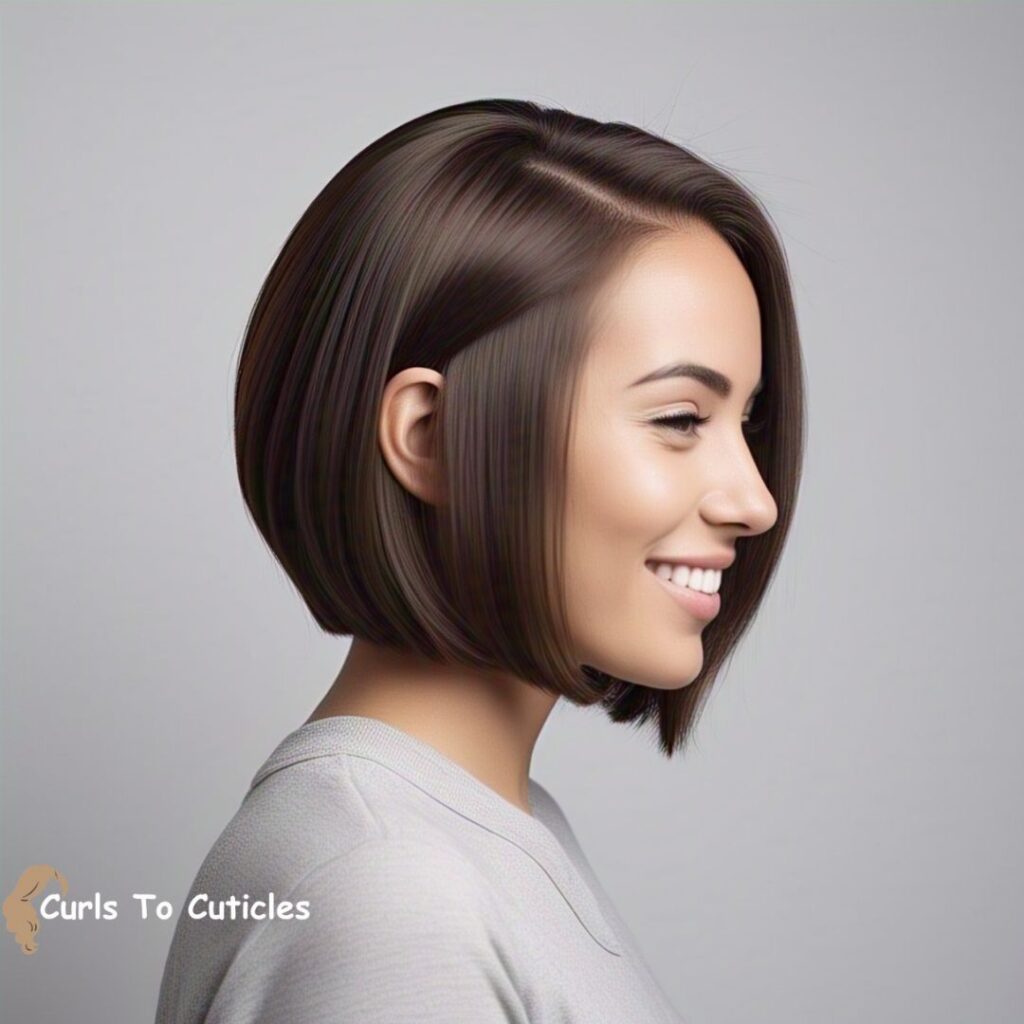
An inverted bob is shorter at the back and gradually gets longer towards the front. This shape adds volume at the crown and creates a fuller appearance.
Styling Tip: Blow-dry the back with a round brush to add lift, and straighten the front sections for contrast.
14. Choppy Layers
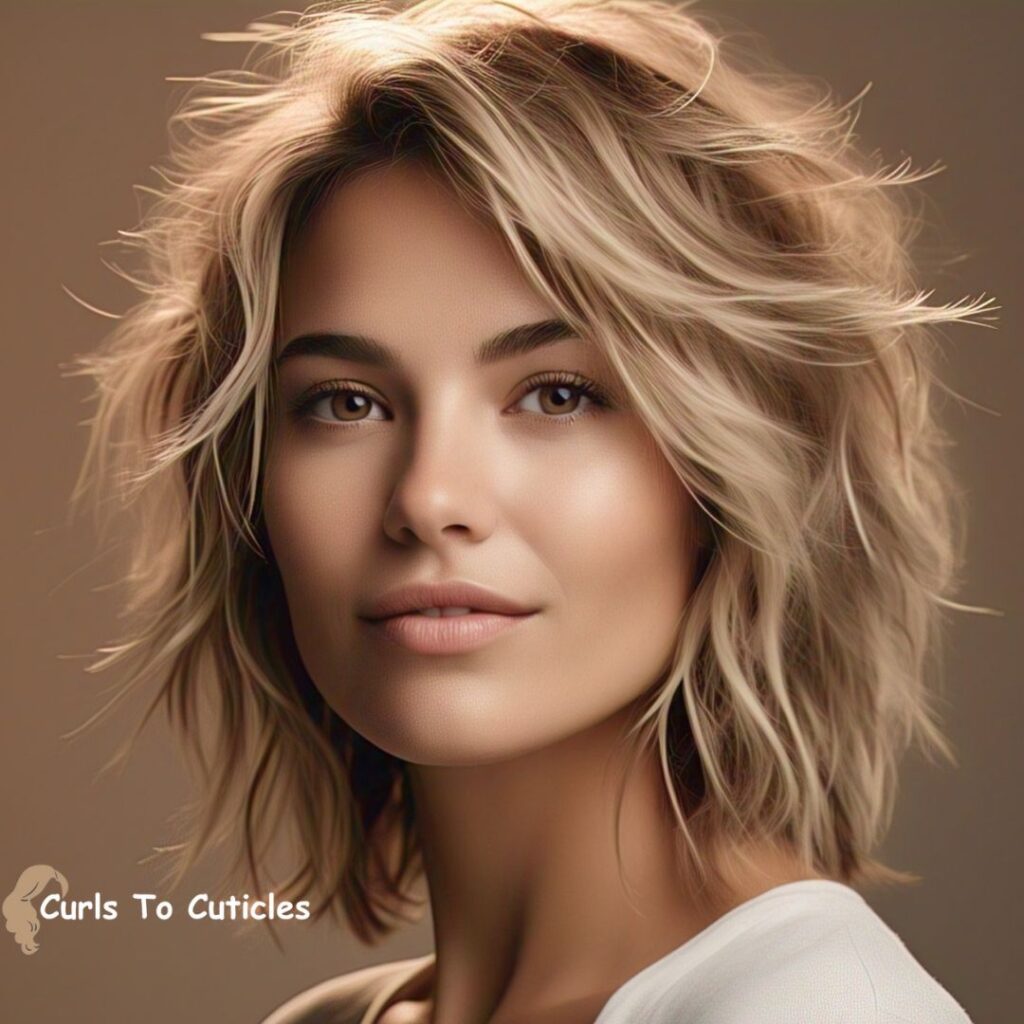
Choppy layers involve cutting the hair at varying lengths to add texture and volume. This style works well for short to medium hair lengths.
Styling Tip: Use a styling wax to define the layers and add separation.
15. Tousled Bob
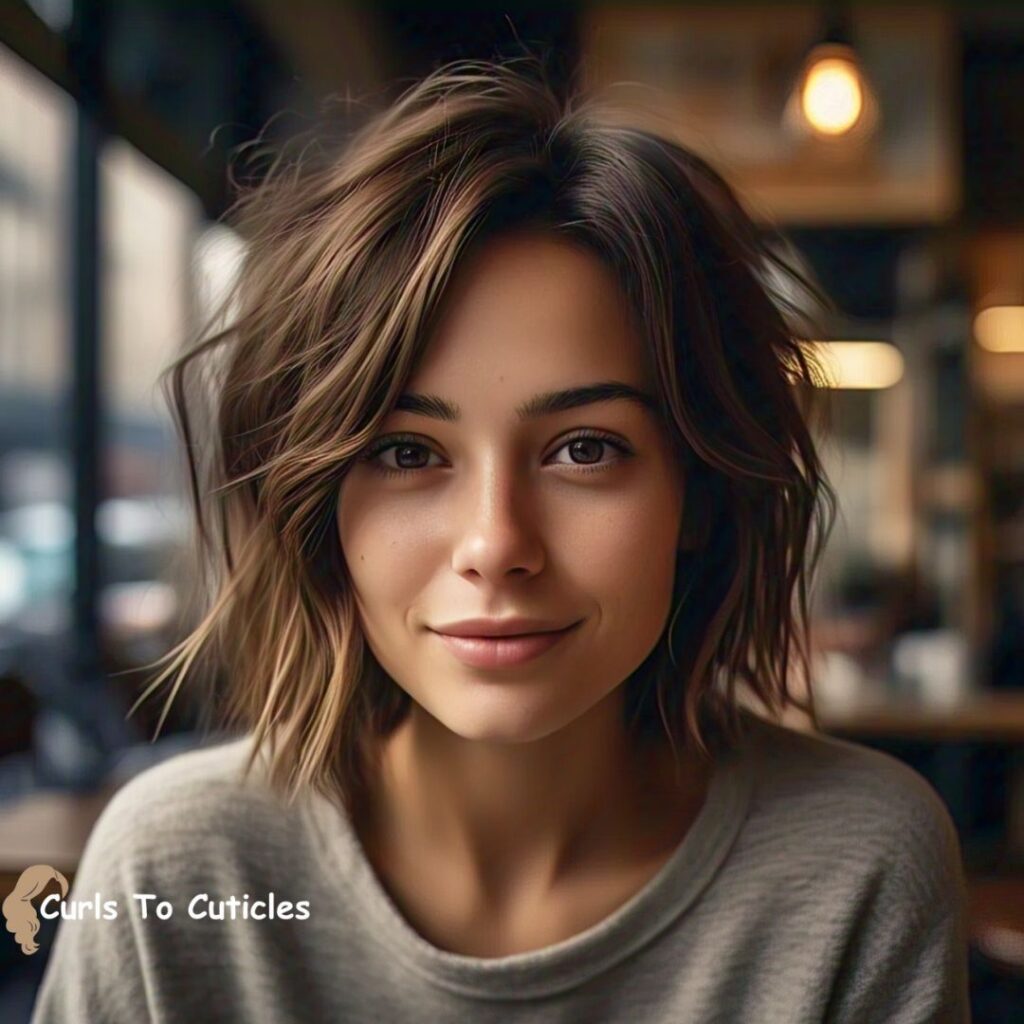
A tousled bob combines the structure of a bob with the texture of waves, creating a voluminous look. This style is easy to maintain and adds body to thin hair.
Styling Tip: Scrunch damp hair with a lightweight mousse and let it air dry or diffuse for natural, voluminous waves.
16. Rounded Bob
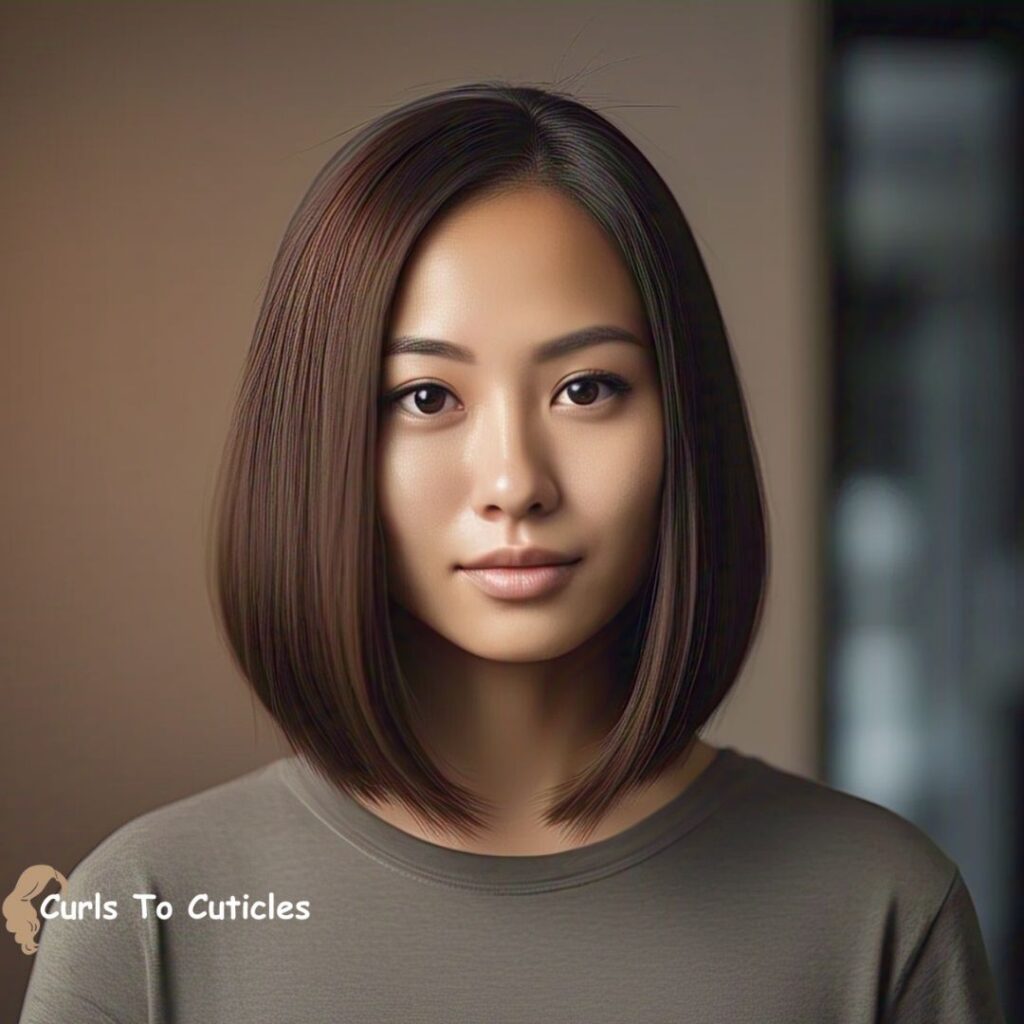
A rounded bob has curved edges that frame the face and give the illusion of fuller sides.
This style works well for straight or slightly wavy hair.
Styling Tip: Blow-dry with a round brush, curling the ends inward to add shape.
17. Angled Lob
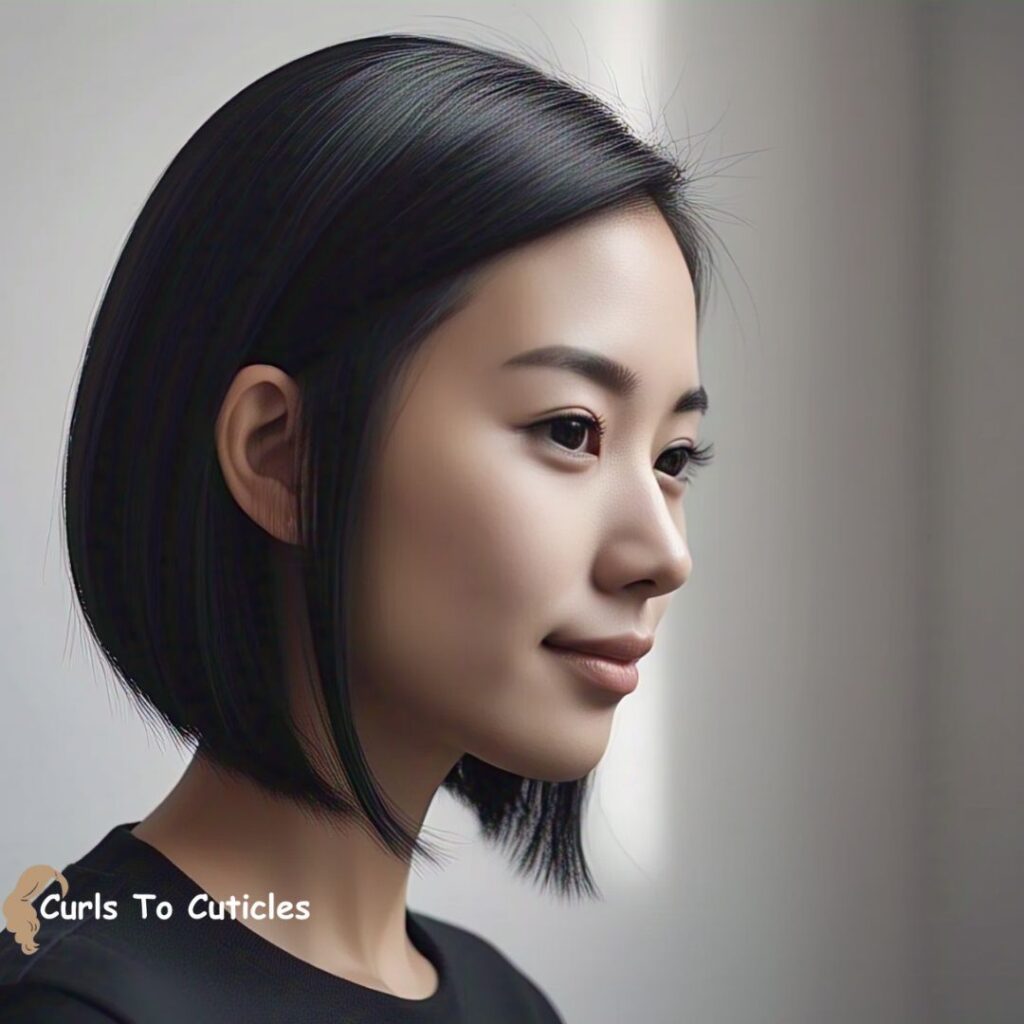
An angled lob is longer in the front and shorter in the back.
This adds volume at the crown and makes the hair appear denser.
Styling Tip: Use a flat iron to create a sleek finish and enhance the angle.
18. Short Stacked Bob
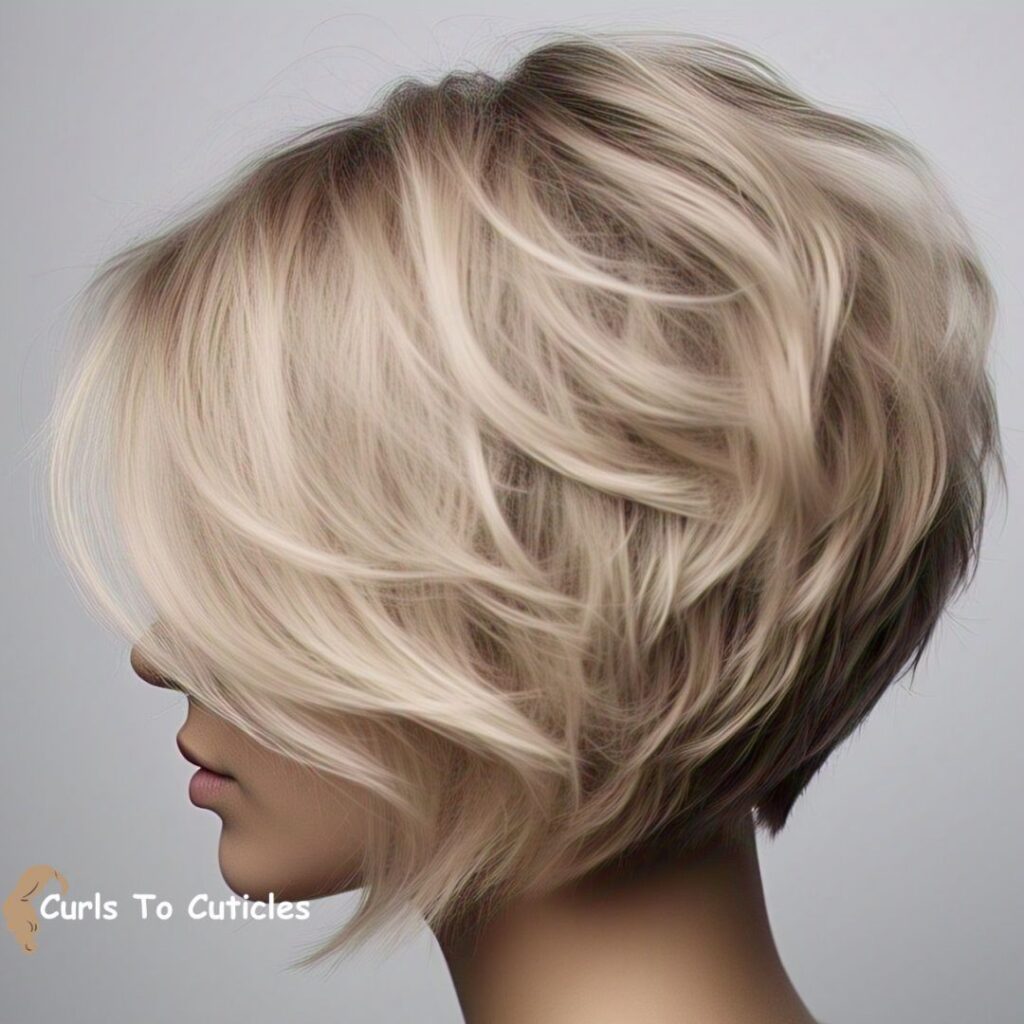
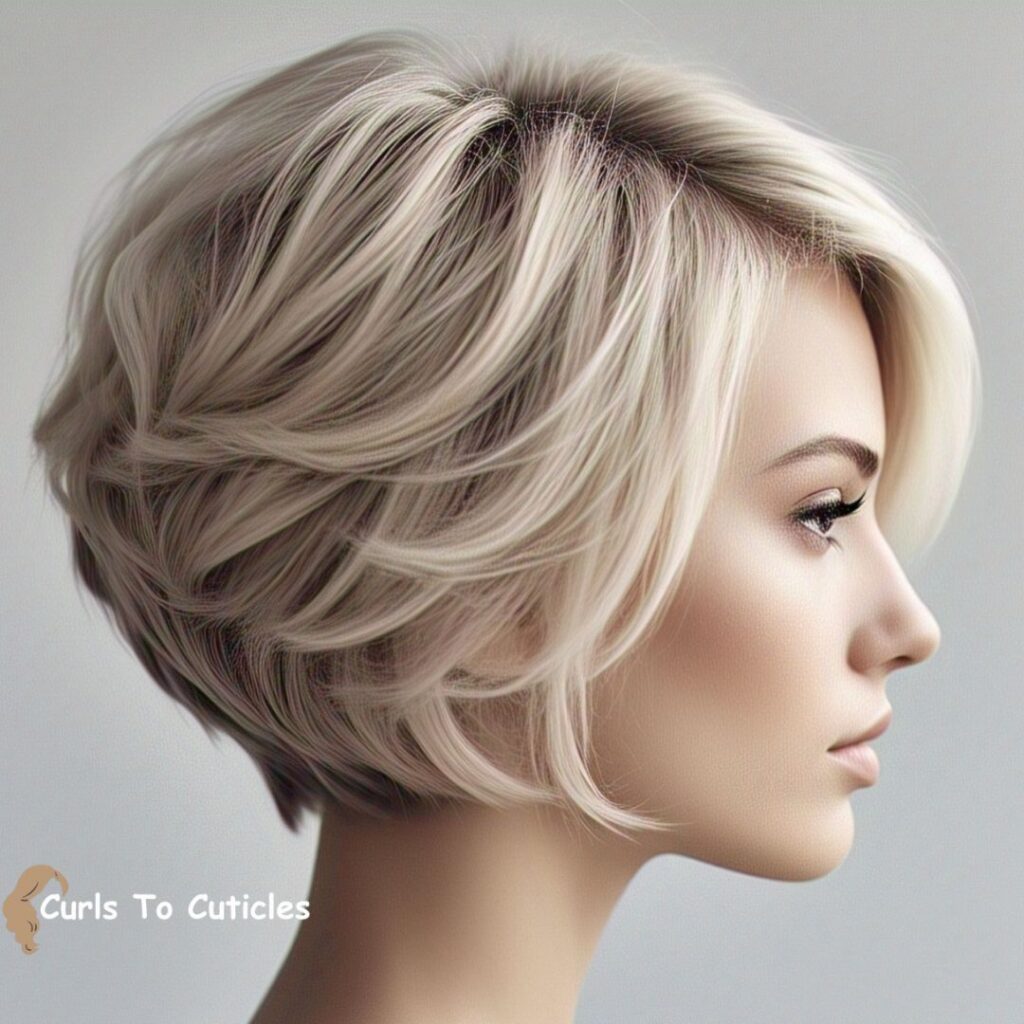
A stacked bob builds volume by stacking layers at the back.
This gives thin hair more lift and dimension.
Styling Tip: Blow-dry from the roots upward using a round brush for extra body.
19. Wispy Bangs with Layers
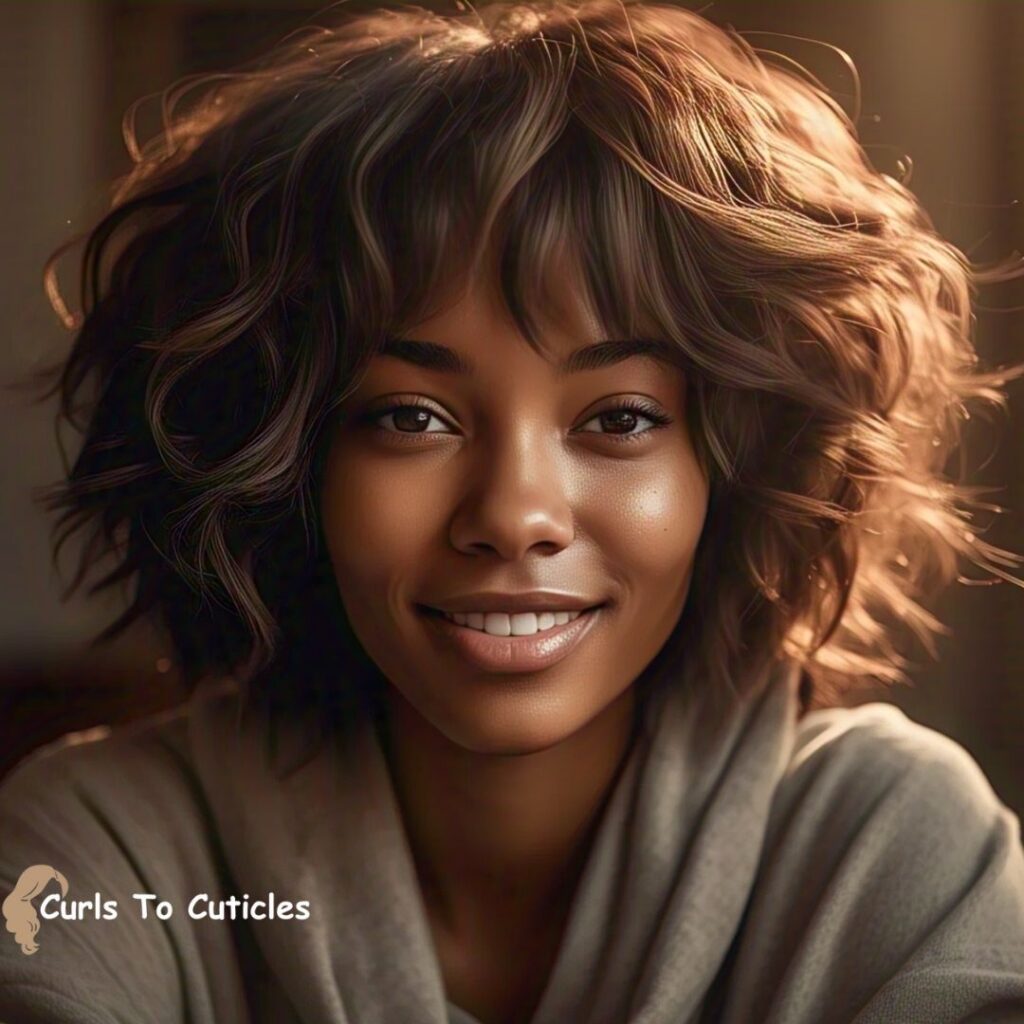
Wispy bangs add softness to the face, while layers create volume behind them.
This combination gives the illusion of fuller hair.
Styling Tip: Use a light-hold styling cream to keep bangs in place without weighing them down.
20. Collarbone Cut
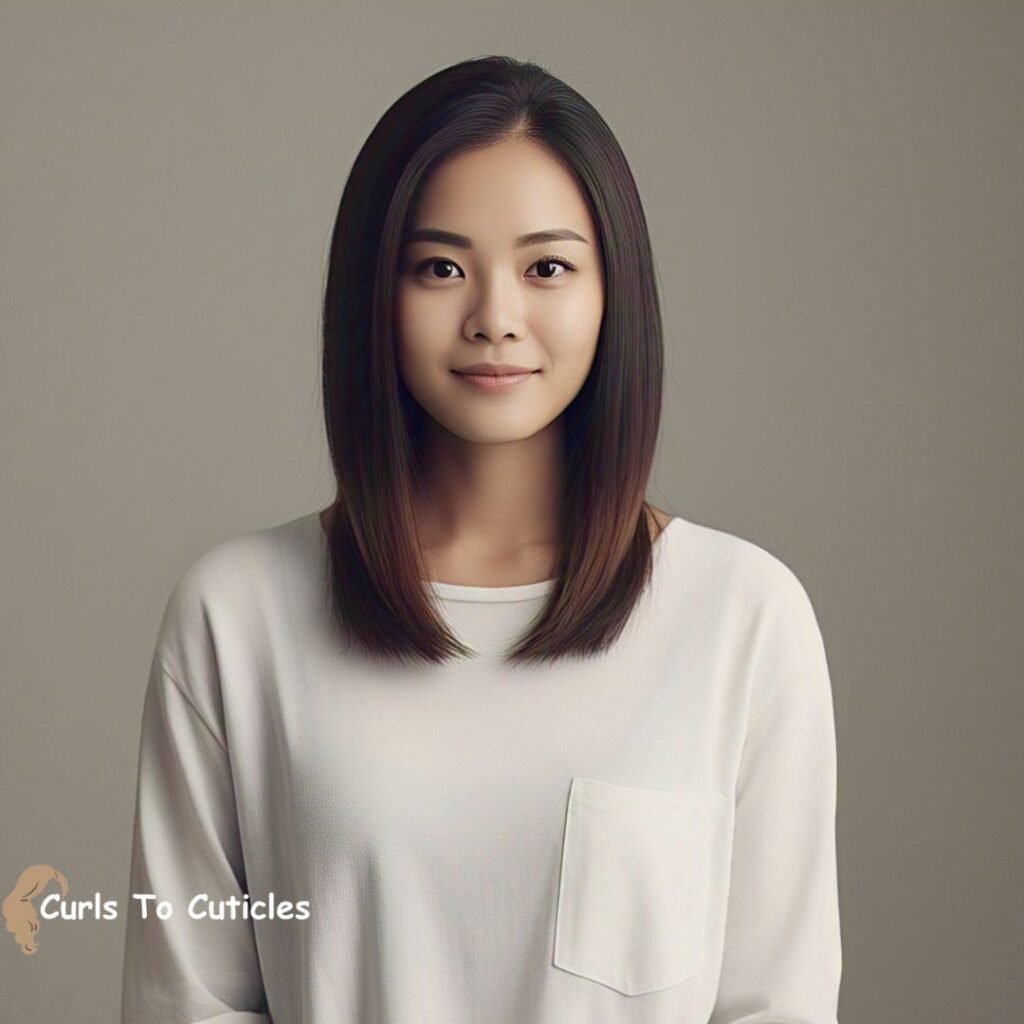
Hair cut to the collarbone offers balance between short and long.
It reduces weight while still adding volume and movement.
Styling Tip: Curl the ends slightly outward to create a fuller silhouette.
21. Tapered Pixie
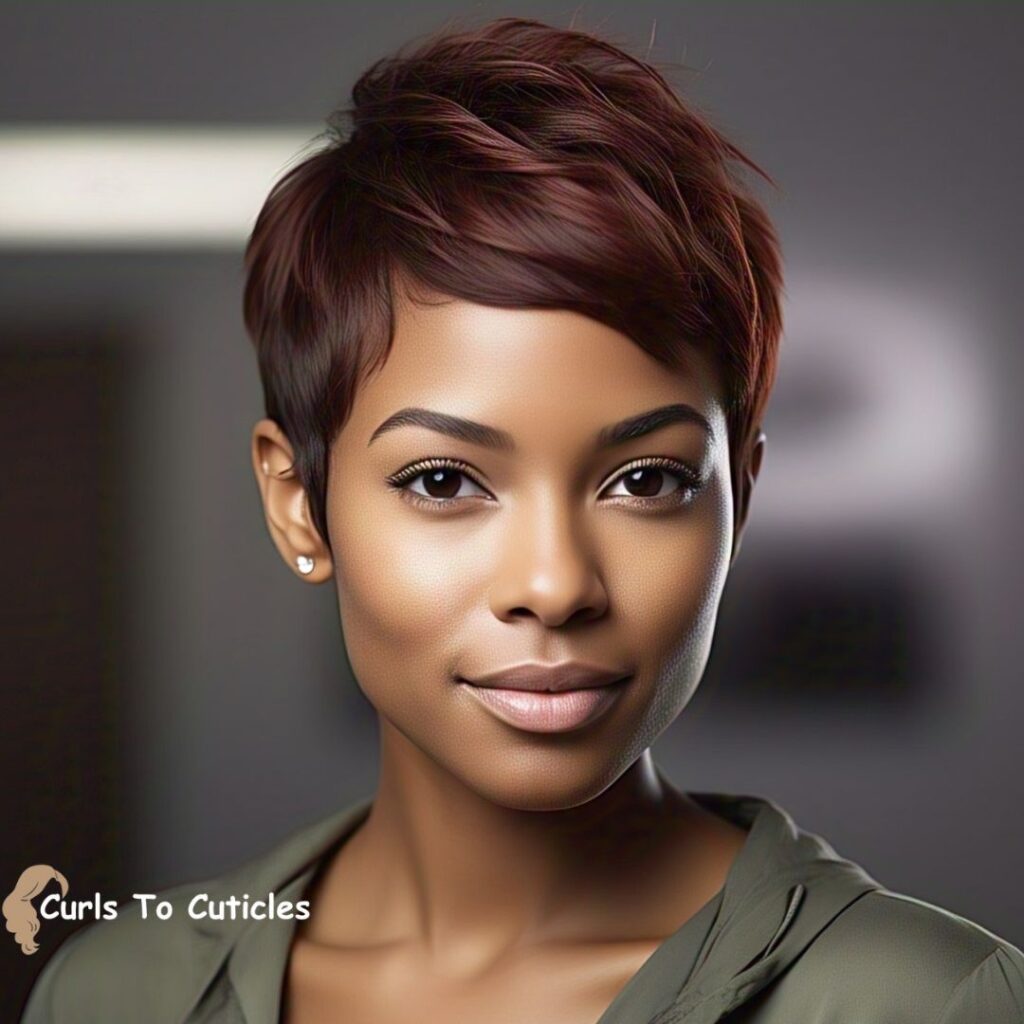
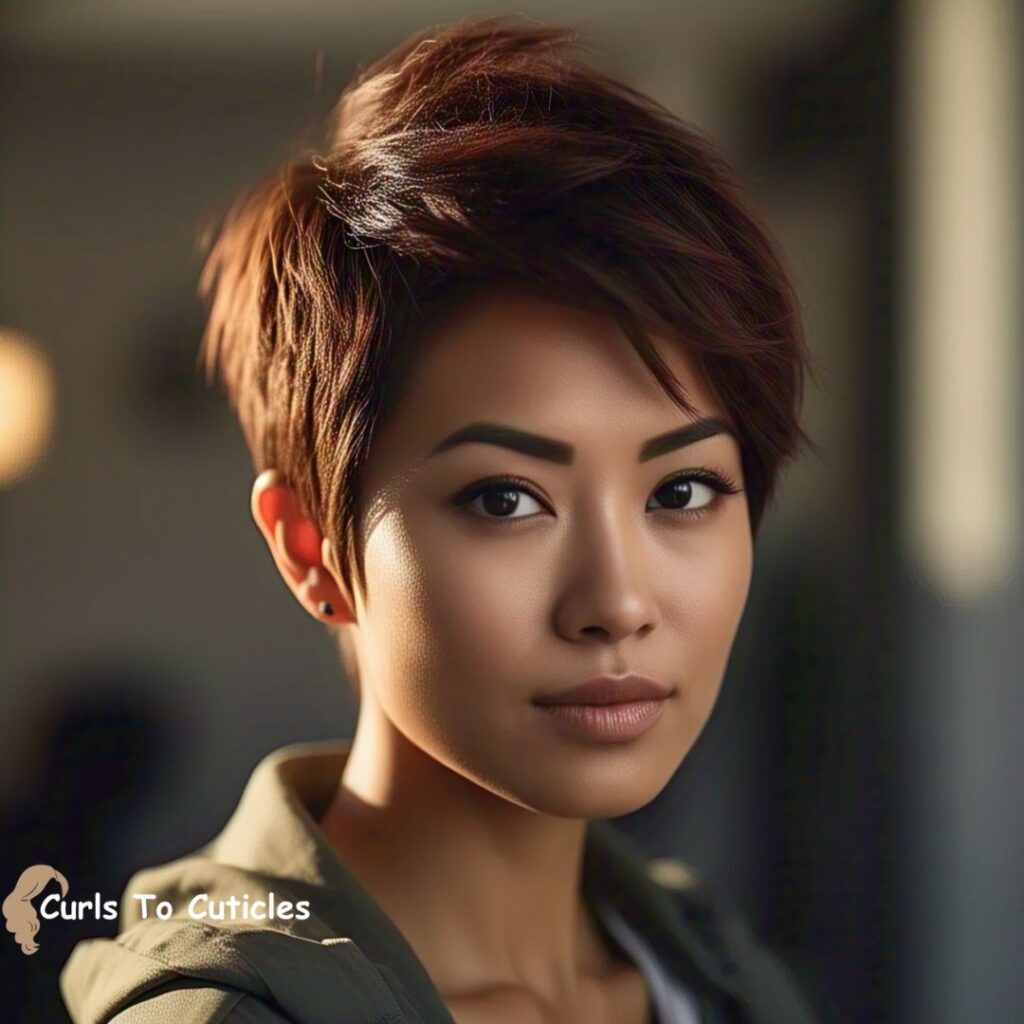
A tapered pixie features short sides and back with longer top layers.
The contrast adds height and the illusion of thickness.
Styling Tip: Use mousse or styling wax to lift the top and add separation.
22. Shoulder-Length Layers with Face-Framing Pieces


This cut uses soft, face-framing layers to create volume at the front.
Shoulder length helps maintain a full look without dragging the hair down.
Styling Tip: Curl face-framing pieces away from the face to open it up.
23. Flip-Out Bob

This is a bob with flipped-out ends.
The outward flip creates movement and the appearance of more hair.
Styling Tip: Use a round brush or curling iron to flick ends outward.
24. Sleek Crop
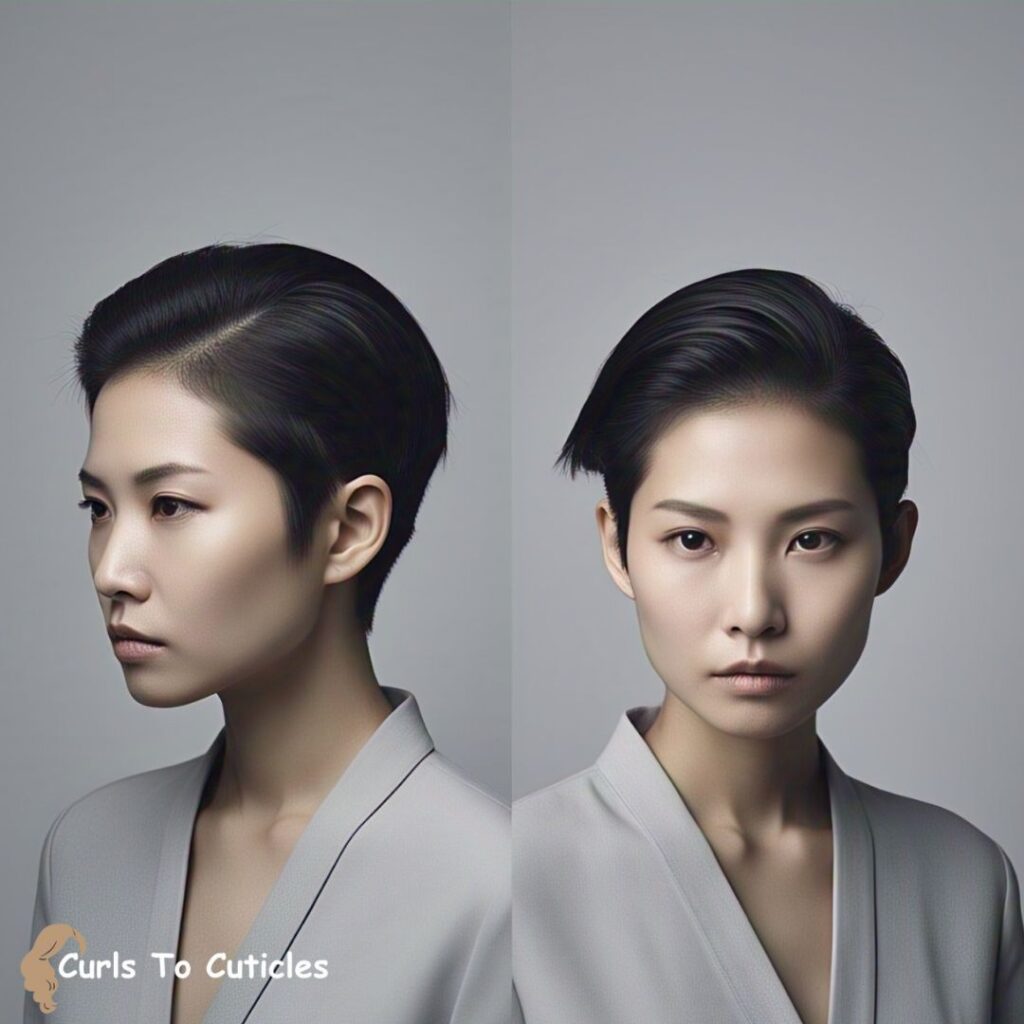
A sleek crop is a short, close-cut style with subtle layering.
This cut focuses on neat lines and structure, making the hair look denser.
Styling Tip: Apply shine serum to enhance smoothness and keep flyaways down.
25. Layered Pixie with Long Bangs
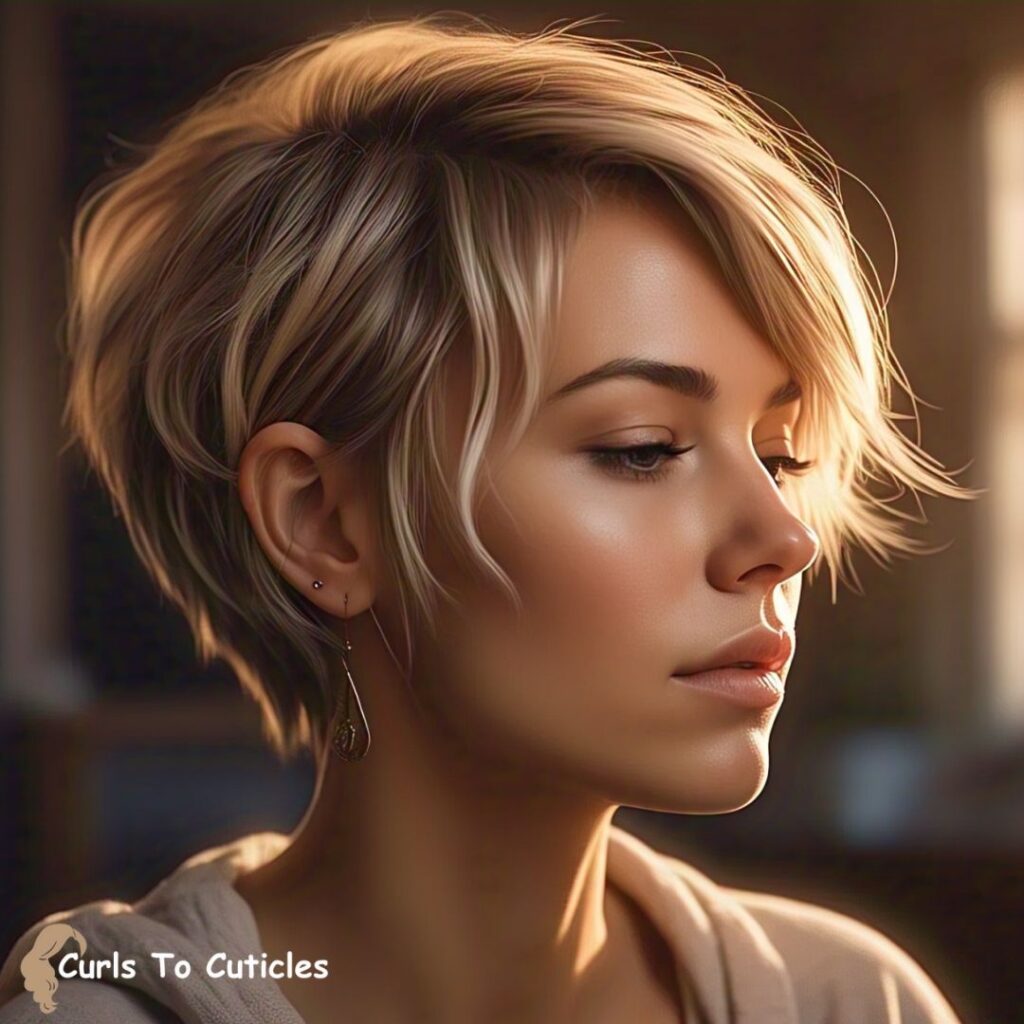
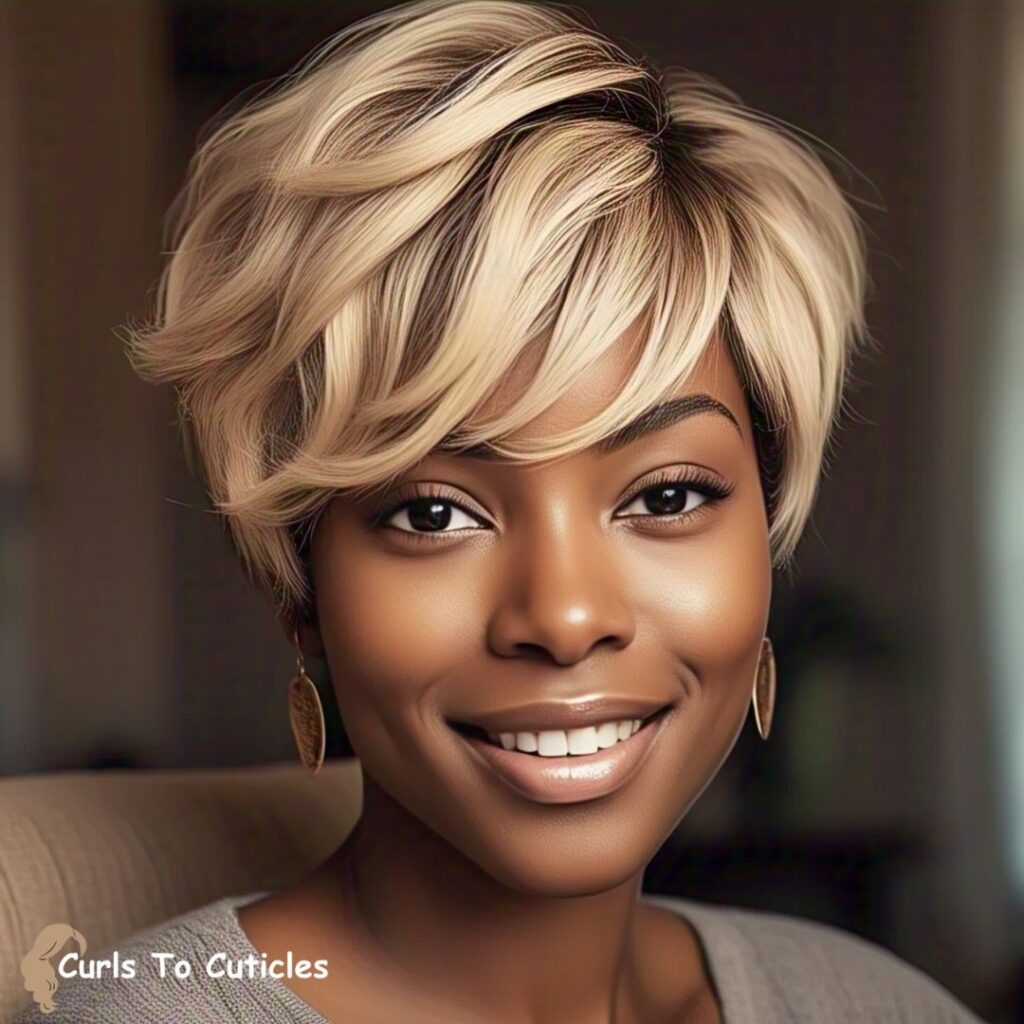
This pixie keeps layers short but leaves long bangs in the front.
It adds visual depth and draws attention forward, making hair look fuller.
Styling Tip: Sweep bangs to the side with a styling balm for extra volume.
26. A-Line Bob
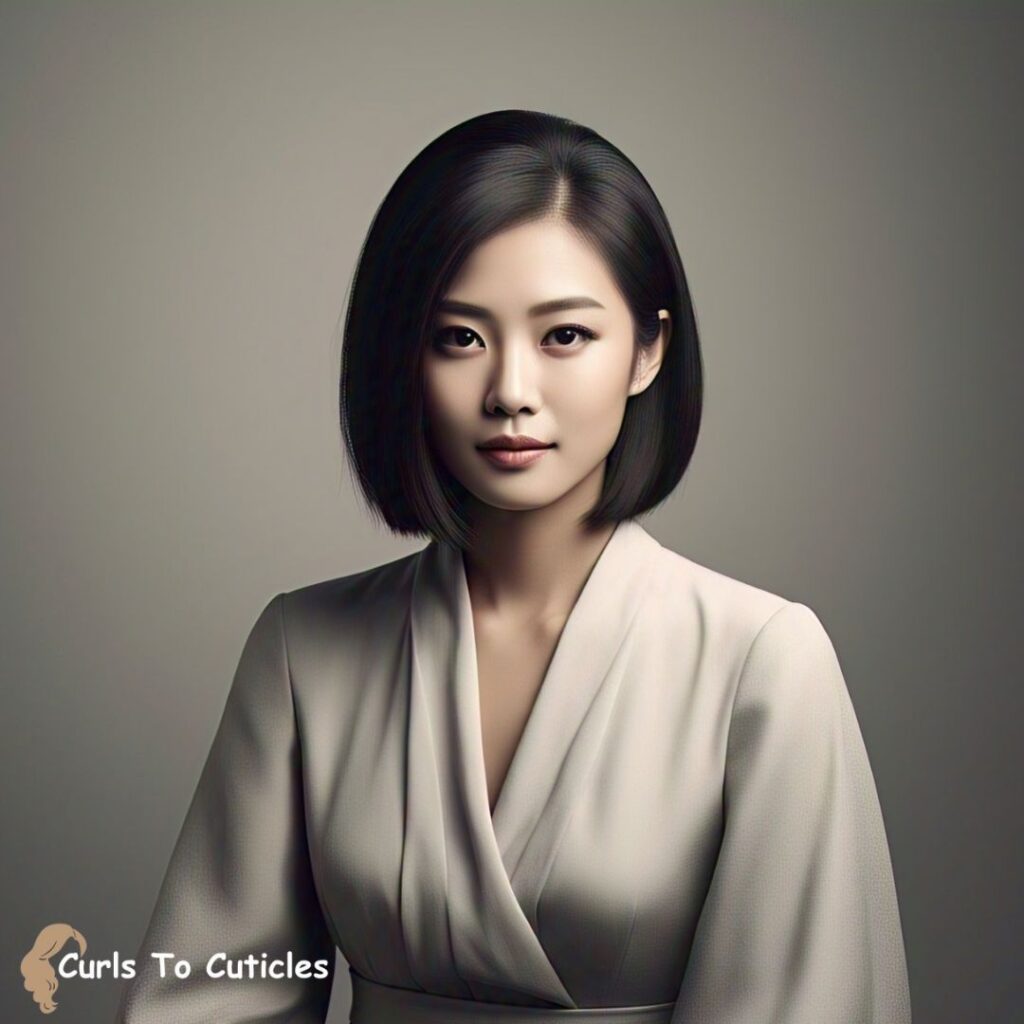
An A-line bob slopes from shorter in the back to longer in the front.
This cut adds volume at the crown and fullness toward the face.
Styling Tip: Add subtle waves to enhance the shape and movement.
27. Razor Cut Bob
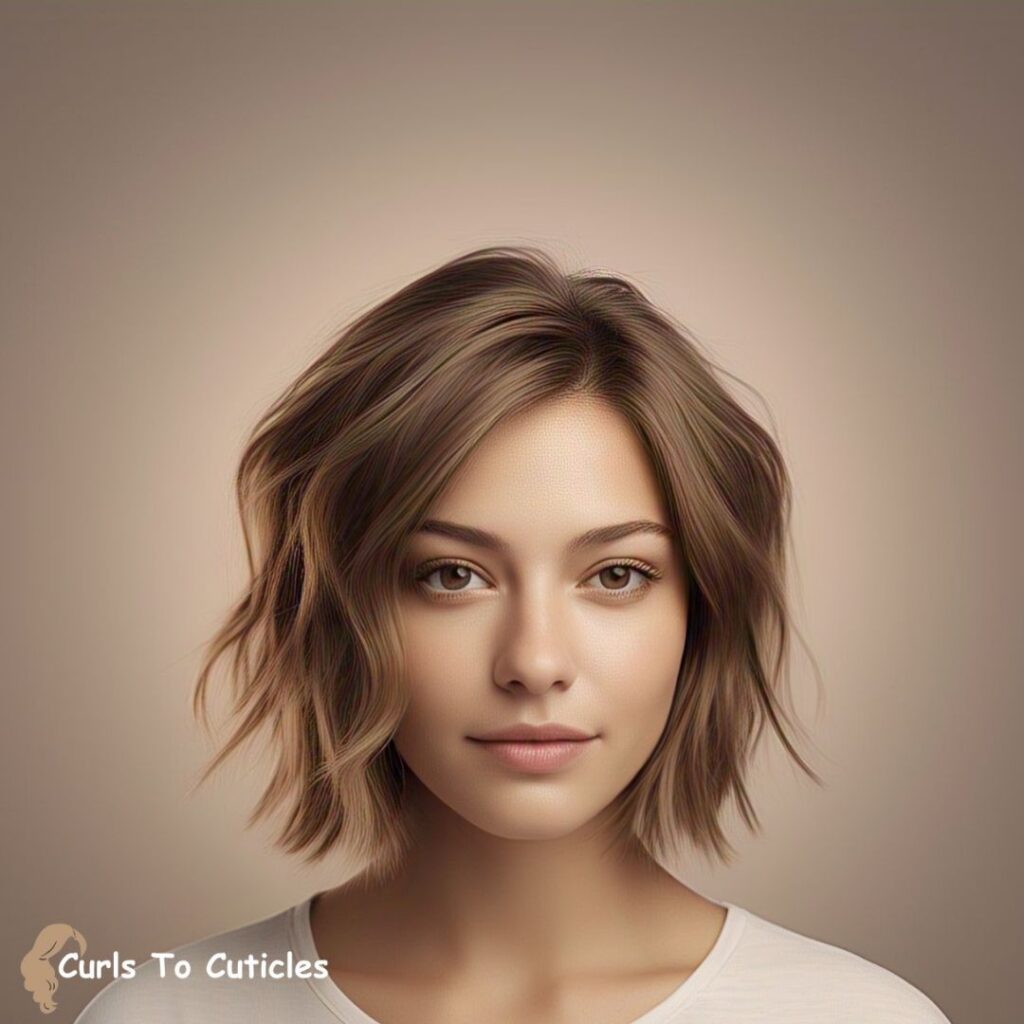
A razor-cut bob uses a razor instead of scissors for a feathered, texturized effect.
This makes the hair appear light yet full.
Styling Tip: Apply dry shampoo at the roots to add lift and texture.
28. Mini Shag
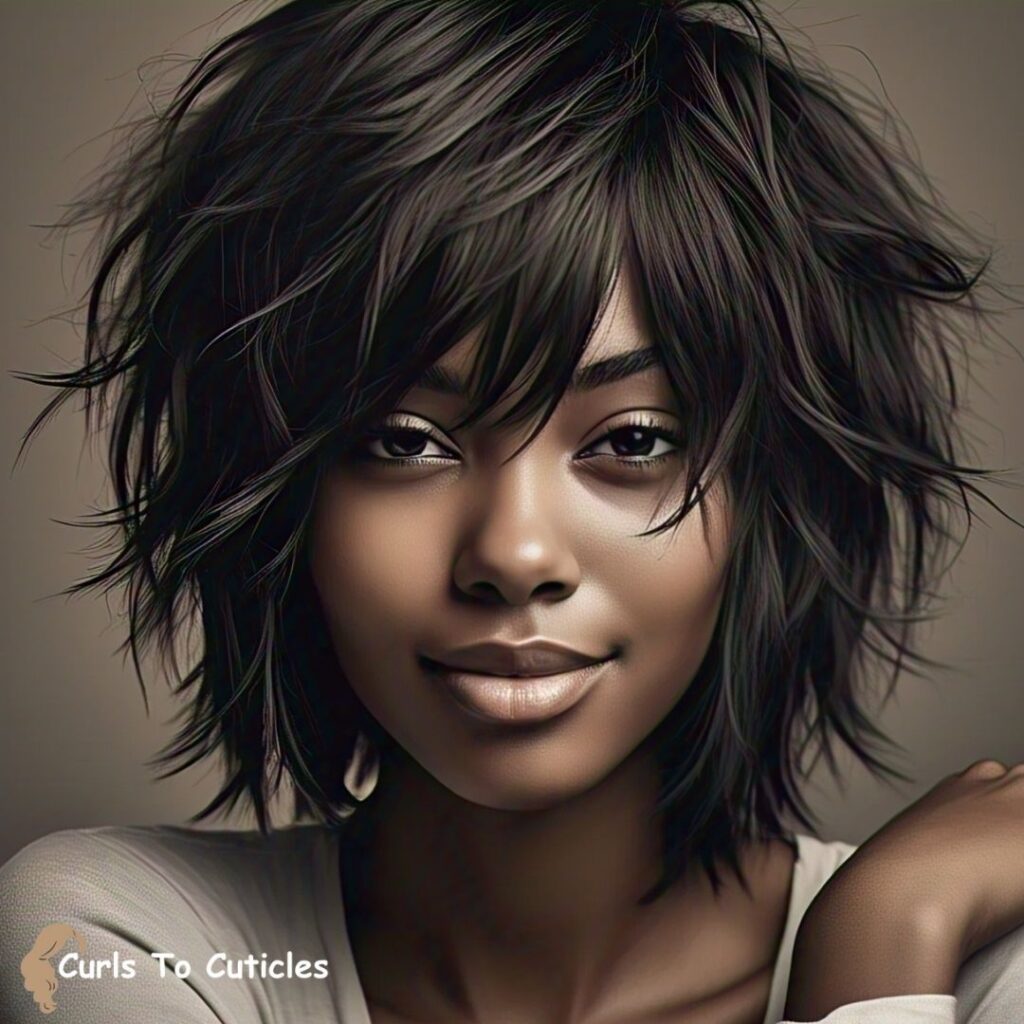

A mini shag includes soft, short layers with fringe or bangs.
This cut gives a natural, voluminous shape for fine hair.
Styling Tip: Let the natural texture show, and use a texturizing spray to boost volume.
29. Blunt Lob with Deep Side Part
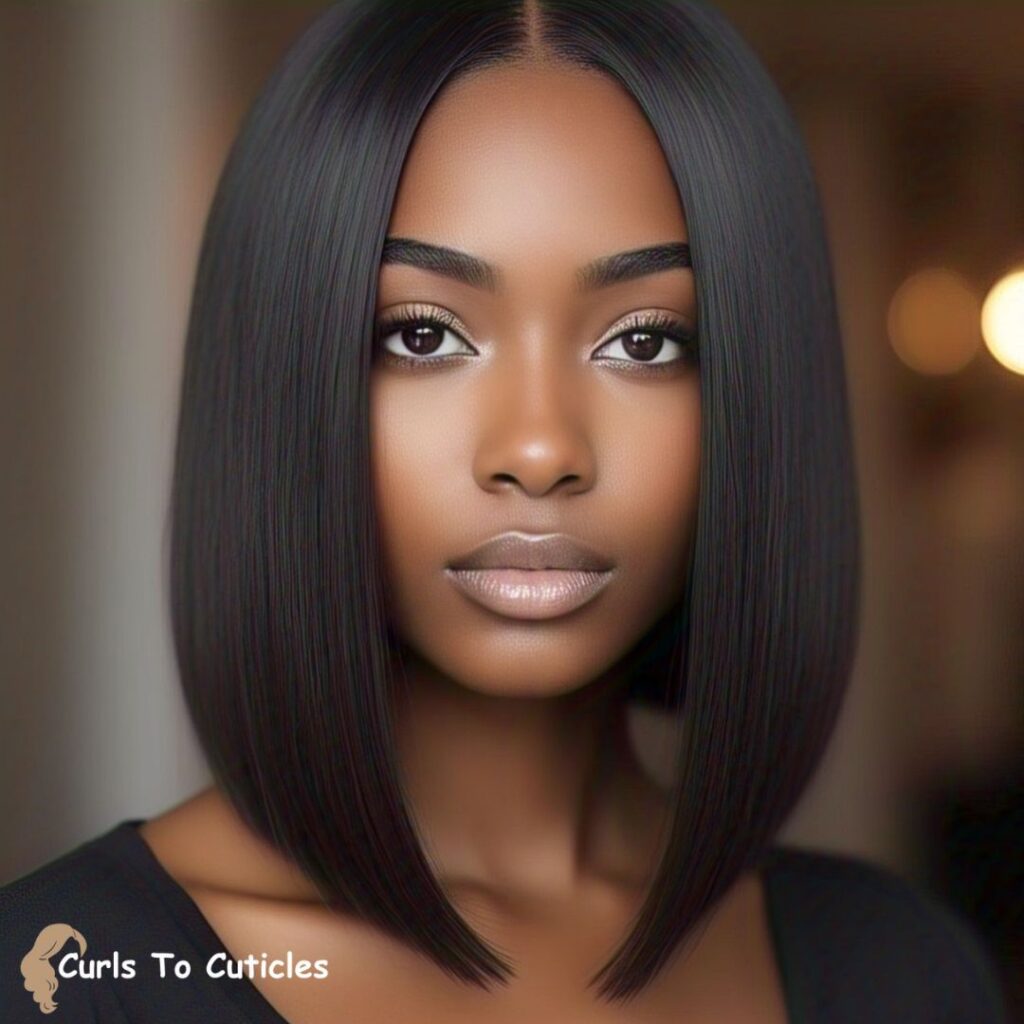
A blunt lob keeps ends thick, while a deep side part creates the illusion of more volume on one side.
This combination helps fine hair look balanced and full.
Styling Tip: Tuck one side behind the ear and let the longer part frame the face.
30. Curtain Layers
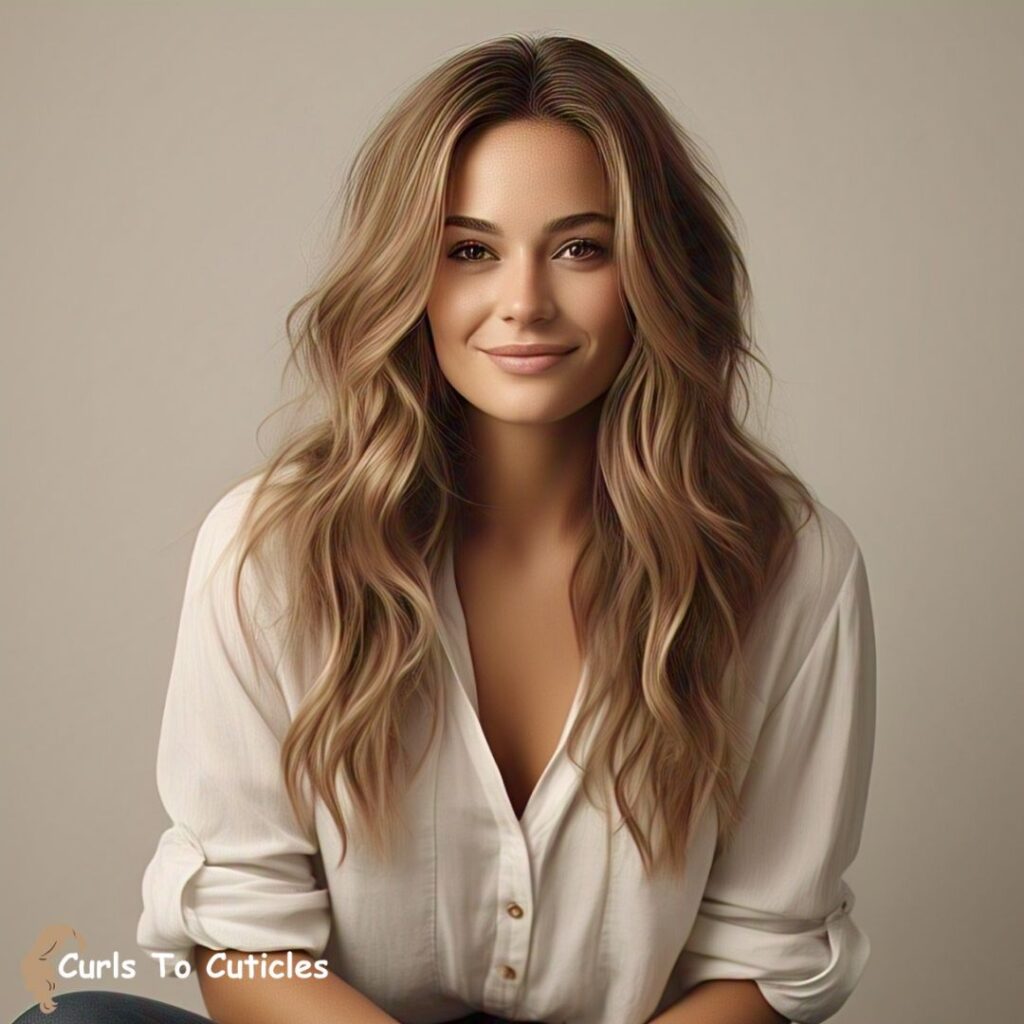
Curtain layers begin at cheek or jaw level and frame the face downward.
They add shape and volume to medium or long hair.
Styling Tip: Blow-dry with a round brush, lifting layers to create fullness.
How to Choose the Right Cut for Your Hair Type
Short Hair:
Pixie cuts and stacked bobs help lift the hair at the crown. They remove excess weight and allow the roots to stay lifted. This makes thin hair look more full and styled.
Medium Hair:
Lobs and shags with layers can create movement and bounce. These styles add volume around the sides and avoid a flat look. They also give you more options for styling.
Long Hair:
Long hair can work if you use soft layers or go with blunt ends. These details help keep the bottom of your hair from looking stringy. They also add shape without removing too much thickness.
Tip:
Do not choose long, heavy layers. These will drag your hair down and make it look thinner at the ends.
What to Tell Your Stylist for Thicker-Looking Hair
Ask for blunt ends:
Blunt ends give a solid, fuller appearance to thin strands. They keep the hair from tapering off or looking weak.
Request short to medium layers:
These layers add movement and volume without taking away density. Avoid layers that are too long, as they thin out the ends.
Mention if your hair is fine:
Tell your stylist about your hair texture and thickness. This helps them choose tools and techniques that support volume.
Bring reference photos:
Photos help you show what you want. They make it easier for your stylist to copy the shape, texture, and length you like.
Tip:
Be clear about how much layering you want. Saying “just a little” or “not too much” helps avoid a style that removes too much bulk.
Download below infographic for Future Use
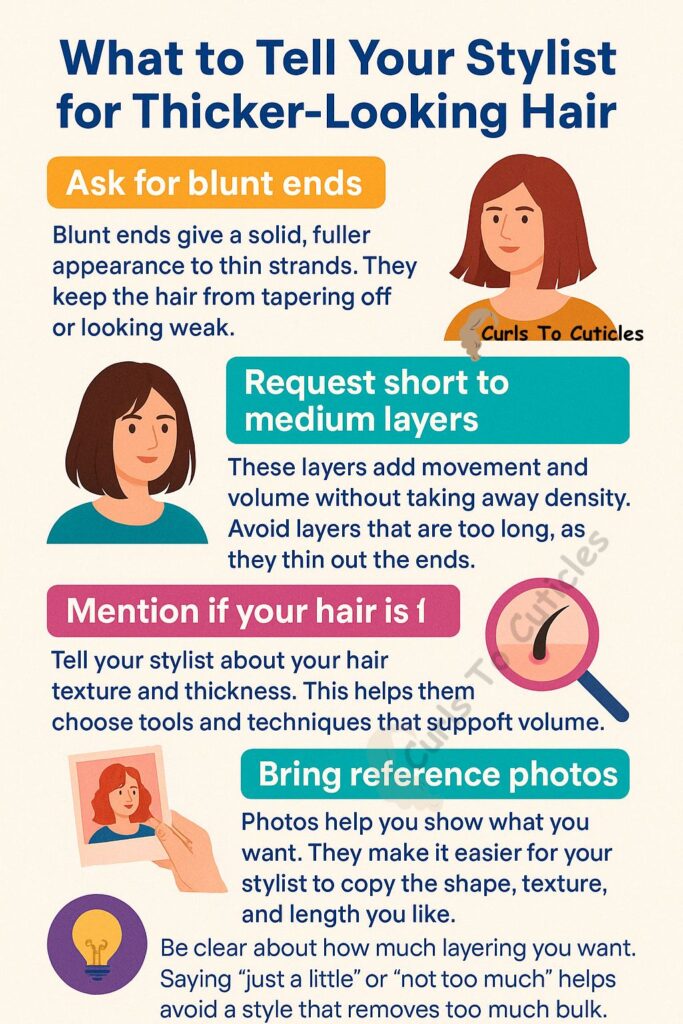
How to Style Thin Hair for Maximum Volume
Use volumizing mousse or lightweight root lift spray:
These products give structure and help your roots stand up. Apply them to damp hair before blow-drying.
Blow-dry upside down:
This lifts the roots and helps the hair stay full. It’s a simple way to get extra height fast.
Use a round brush at the roots while drying:
Wrap sections of your hair around the brush and pull upward. This adds shape and bounce to the top and sides.
Don’t skip dry shampoo:
It gives grip and texture between washes. It also helps keep your style from falling flat.
Tip:
Stay away from thick creams and oils. These will sit on your strands and pull your hair down.
Best Daily Habits for Healthier, Fuller Hair
Use a sulfate-free shampoo:
This keeps your scalp clean without drying your hair. A gentle cleanser helps your hair grow stronger and stay full.
Let your hair air-dry partially before heat styling:
This limits heat damage and saves time. It also keeps the hair from becoming brittle.
Avoid tight ponytails or buns:
These styles pull at the roots and cause tension. Over time, they can lead to breakage or thinning around the hairline.
Trim your hair regularly:
This helps remove split ends and keeps the bottom looking full. Blunt ends grow out better and look healthier.
Tip:
Eat enough protein and drink water daily. Your hair grows best when your body has what it needs.
Save and Show: Why Bringing Photos Matters
Visuals help your stylist understand shape, length, and texture goals:
Words like “layered” or “blunt” can mean different things. A picture shows the exact look you want.
Show examples of both cuts and styling you like:
Your stylist can match the cut and also explain how to style it later. This helps you get the full result.
Include both front and side views of the cut when possible:
Different angles make it easier for your stylist to see the full shape and how it falls.
Tip:
Use photos from this article or save screenshots from Pinterest. It’s quick and saves time during your appointment.
What to Avoid If You Have Thin Hair
Avoid heavy layering that removes volume:
Too many layers make the hair look stringy and uneven. They remove the weight needed for a fuller appearance.
Skip razor cuts if your hair is prone to breakage:
Razor cutting thins out the ends and can lead to damage. Stick with scissors for a cleaner, fuller finish.
Say no to long, unlayered styles that weigh down thin strands:
These styles drag the hair flat and make the top of your head look thinner.
Don’t use too much product—build-up leads to flat roots:
Heavy product coats the strands and causes hair to lose lift. Use a light hand with styling aids.
Tip:
Try new products on a small section first. This helps you avoid a full-head problem if it doesn’t work for you.
Download Below Infographic For Future Use
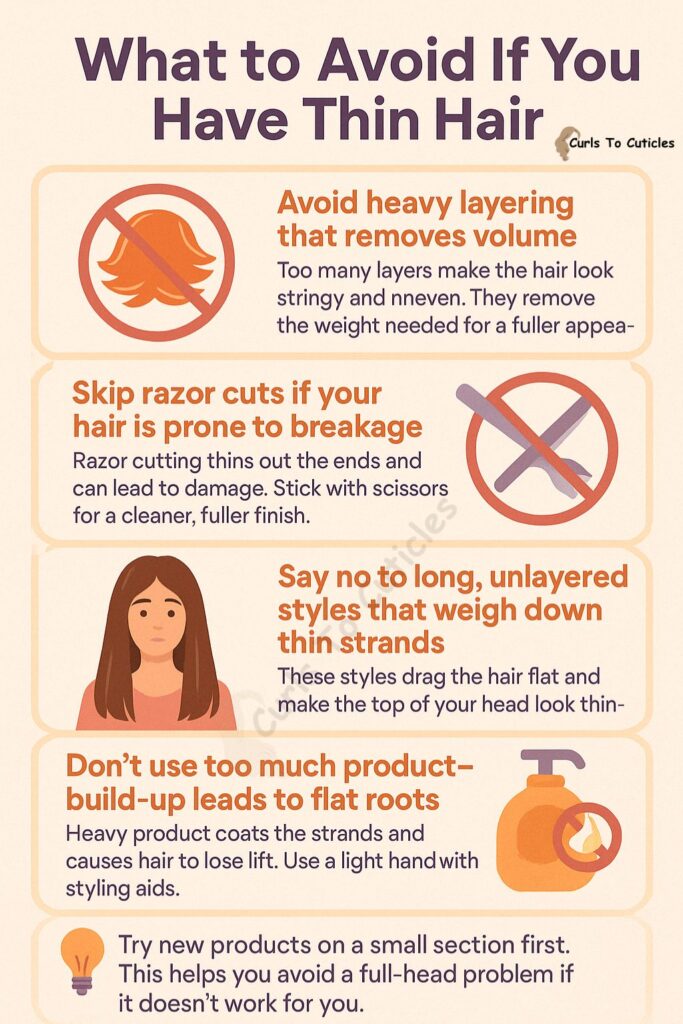
Final Thoughts: Thicker Hair Starts With the Right Cut
The haircut you choose plays a big role in how full your hair looks.
Styles with volume at the crown, texture through the ends, or clean blunt lines make a big difference.
Every cut in this guide was selected to help thin hair look fuller and more styled.
With the right cut and a few styling habits, thin hair can still have bounce, body, and shape.
Confidence starts with liking your hair—so choose a cut that makes you feel good every day.

Hi, I’m Mia Sophia, a 31-year-old hair and nail care enthusiast from a small town in Tennessee. I love testing products, creating simple DIY treatments, and sharing what works through my blog. Everything I post is based on real experience and a love for everyday self-care. Whether it’s finding the right shampoo or growing stronger nails, I keep it easy, honest, and helpful.


